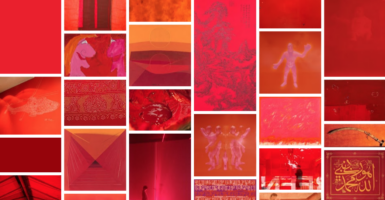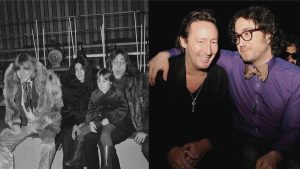QUIZ: How Much Do You Know About Medieval England?
Most of us were forced to learn about the Middle Ages and the Black Plague in school. Even so, most people carry around misinformation regarding this period, such as the misconception that people didn’t bathe during that era. Does your knowledge of Medieval England transcend these basic facts? Do you know the purpose of gargoyles and which sport became illegal? If you do, you’ll want to test more of your Medieval Ages knowledge with this quiz. Perhaps you know so much about that era that you could even live there, even though no one would want to.
The Middle Ages began in the ___ century and ended in 1485.
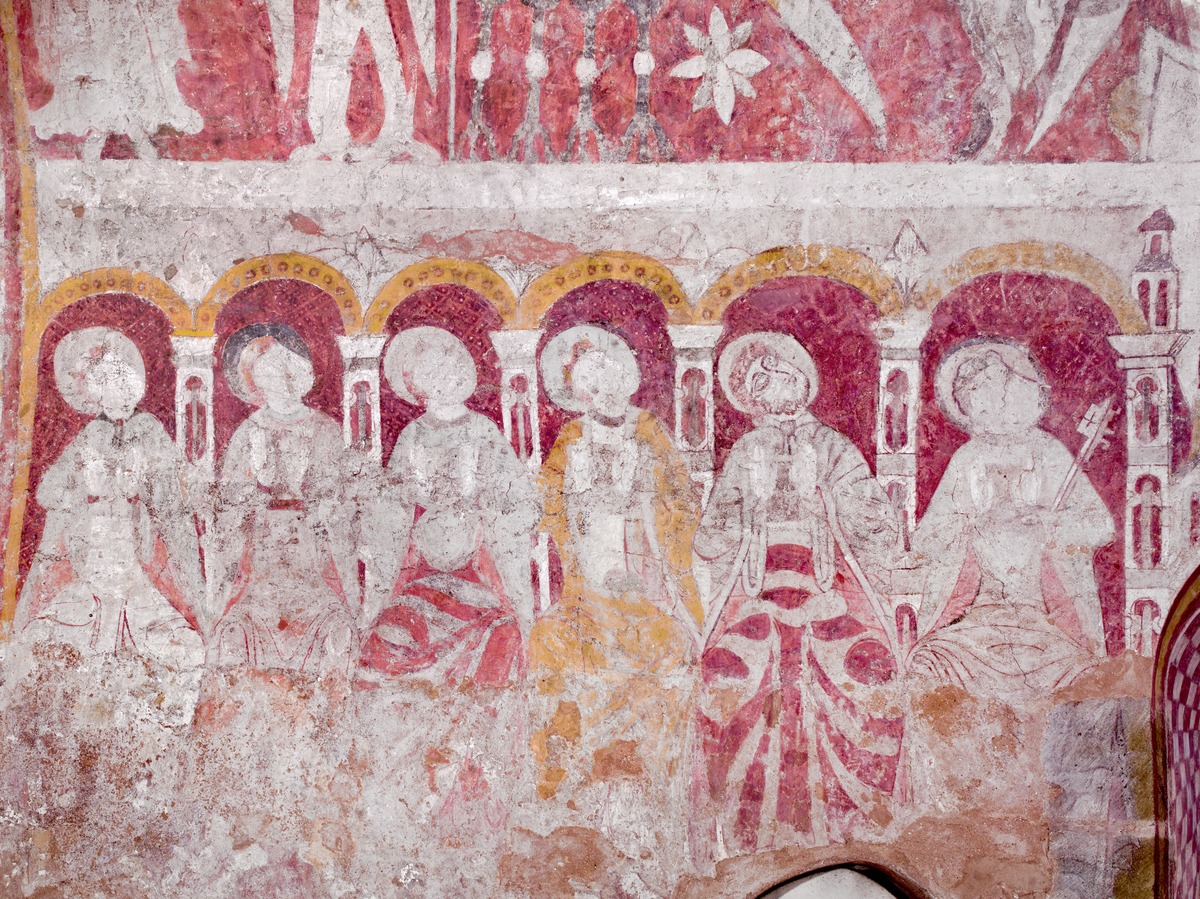
A. 4th
B. 5th
C. 6th
D. 3rd
Answer: 5th
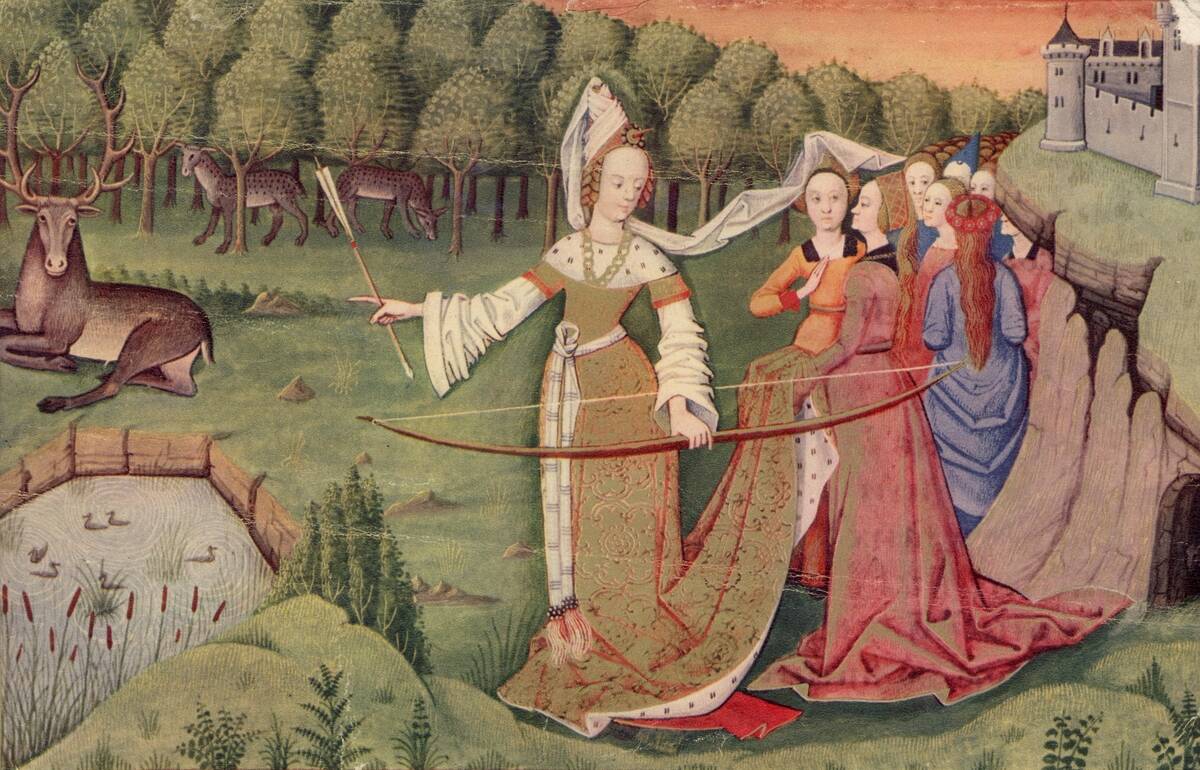
Most historians credit the Middle Ages as beginning in the fifth century, around 400 AD. The era started with the end of the Hunnic empire (469) and later the Roman Empire (476).
King William I was also called Willam ______.
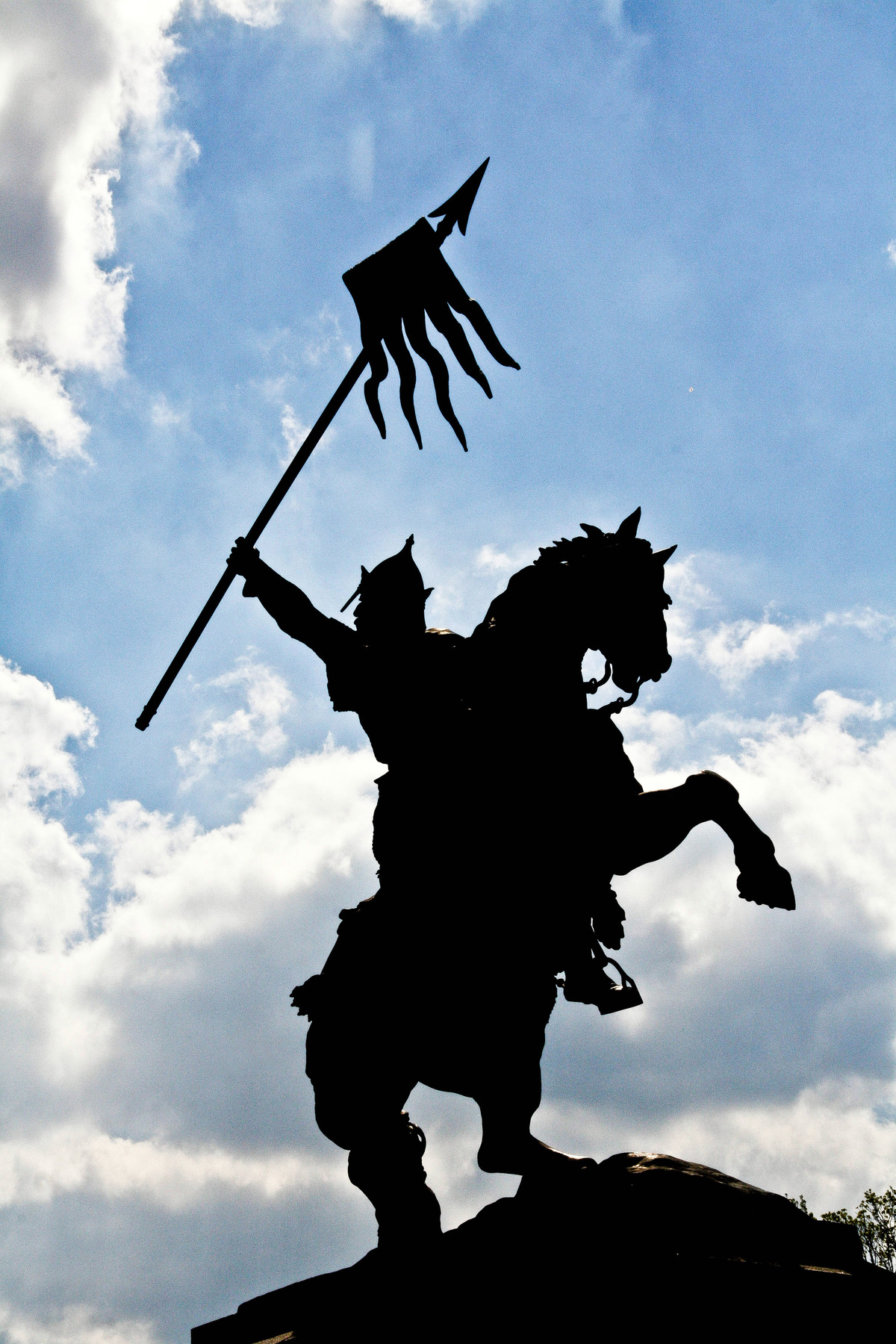
A. The Confessor
B. The Sailor King
C. The Crouchback
D. The Conqueror
Answer: The Conqueror
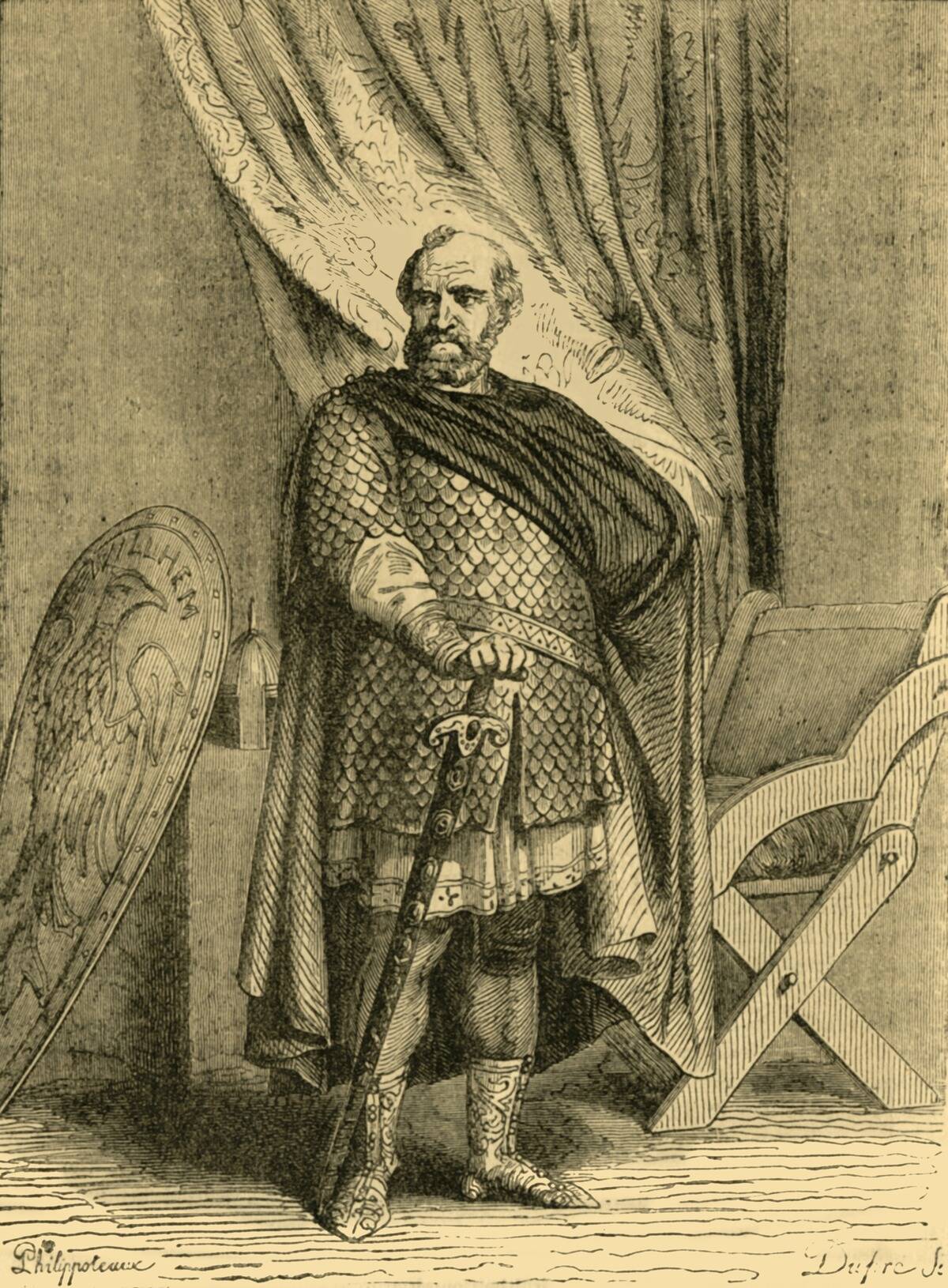
King William I, nicknamed William the Conqueror, gained his reputation through conquering England as a Norman duke. He also quelled several rebellions that erupted throughout his reign from 1066 to 1087.
The Great Schism divided Christianity into which two sects?
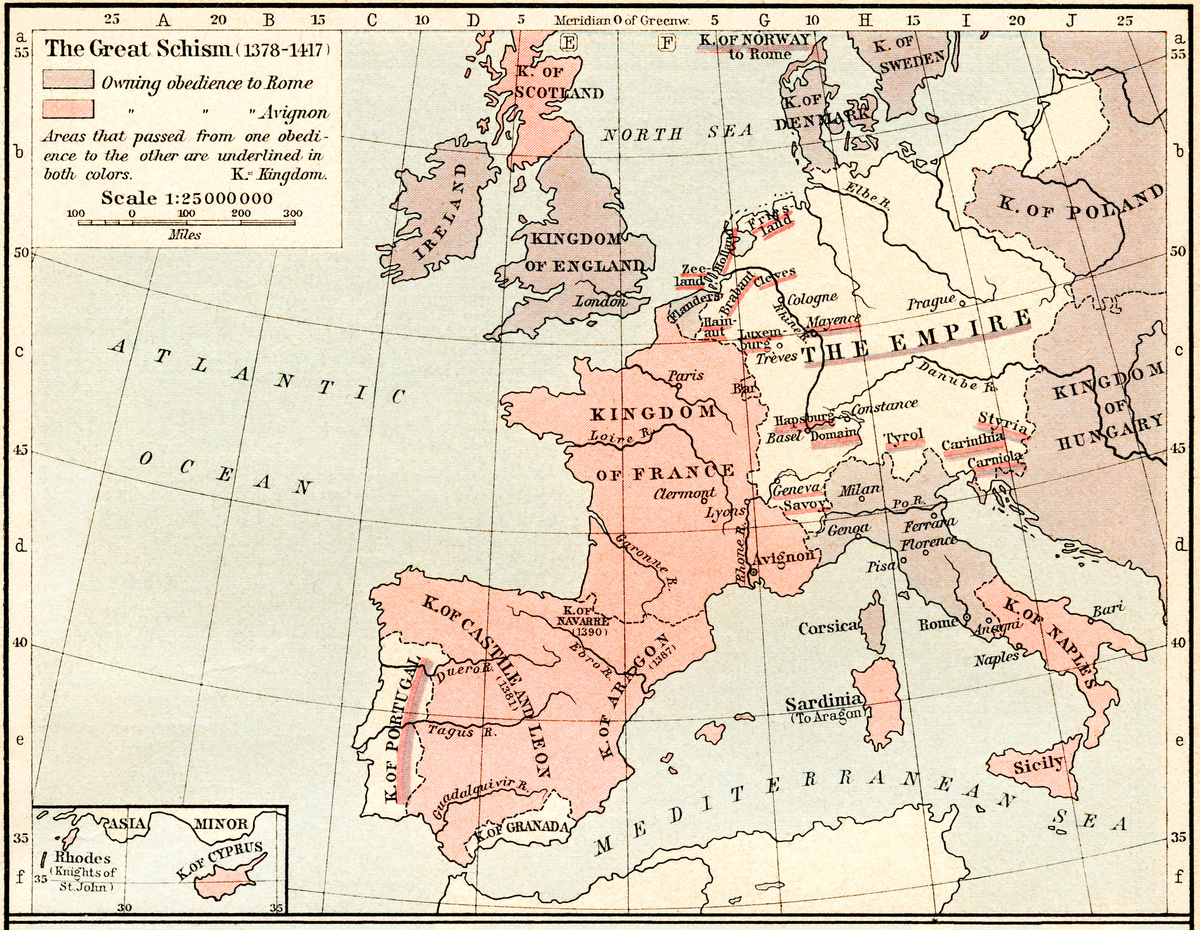
A. Oriental Orthodoxy and Eastern Orthodoxy
B. Christianity and Islam
C. Catholicism and Protestantism
D. Catholicism and Eastern Orthodoxy
Answer: Catholicism and Eastern Orthodoxy
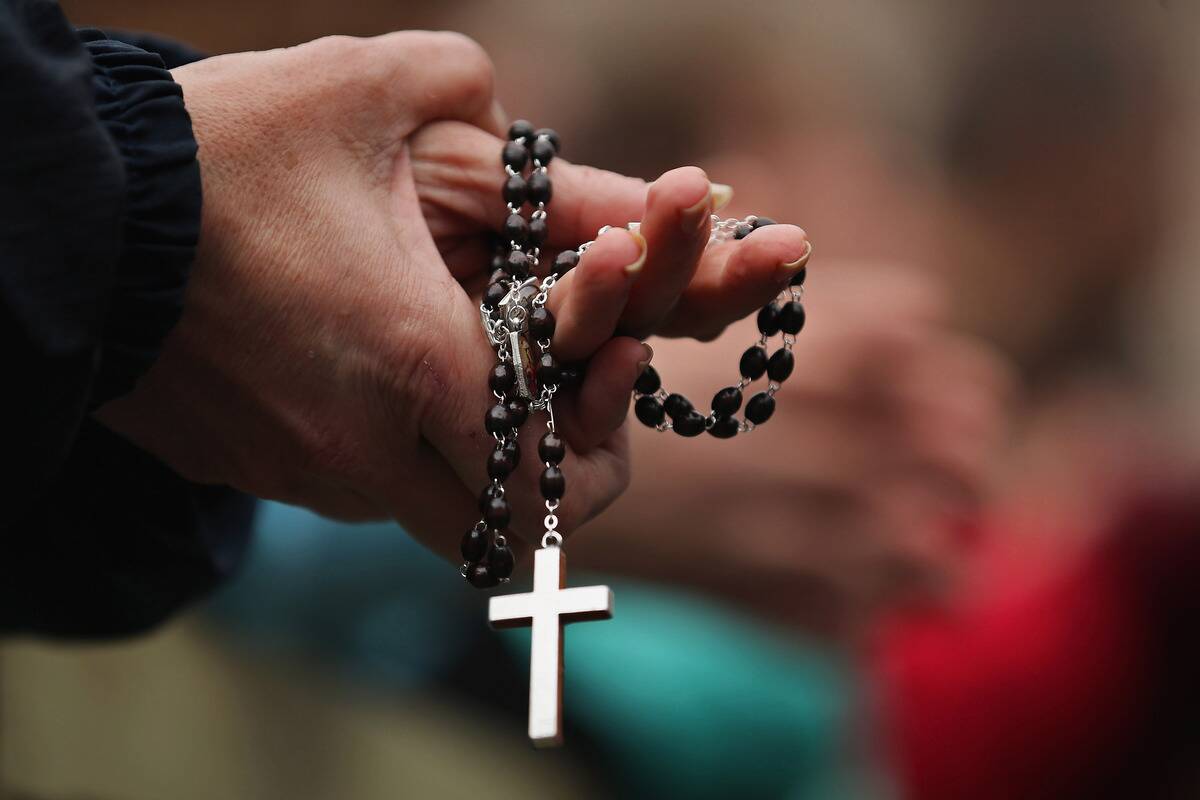
The Great Schism of 1054 divided Europe into Eastern Orthodox Christians and Catholics during the Crusades. Catholicism would play a massive role in laws and government throughout Medieval England.
Who was NOT a Medieval English king?

A. Edward the Confessor
B. King George VI
C. King Edward II
D. King Henry III
Answer: King George VI
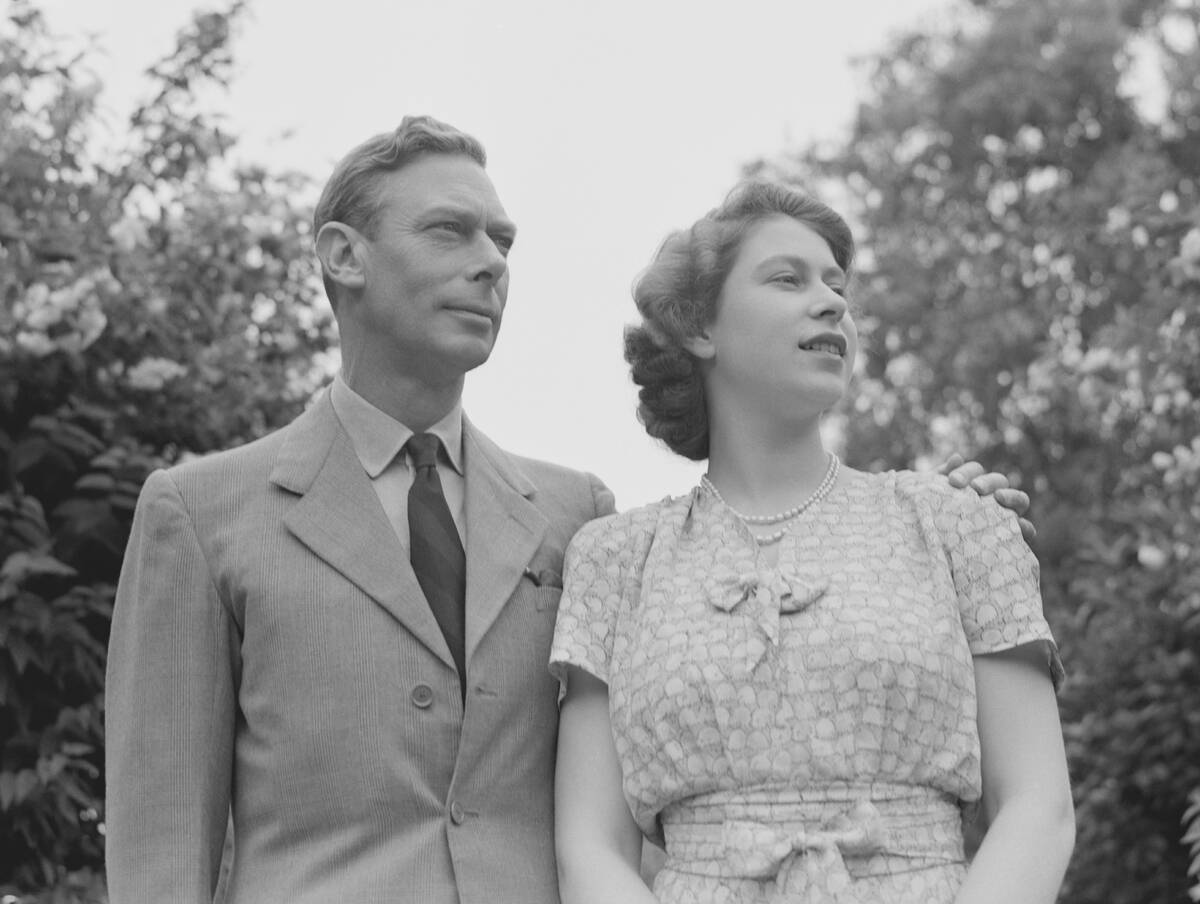
King George VI ruled England until 1952 when his eldest daughter, Queen Elizabeth II, inherited his reign. The last Medieval English king was Richard III, whose rule ended in 1485.
She was married to two kings. Who is she?
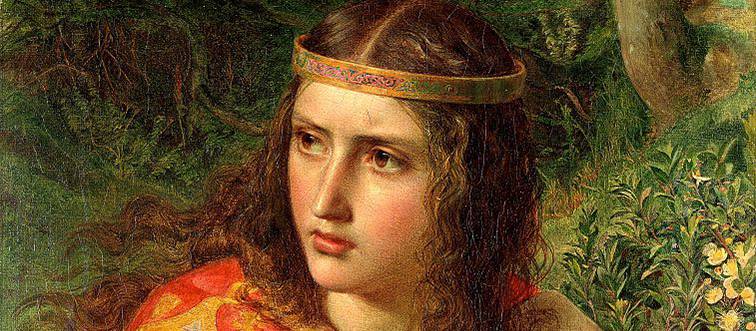
A. Margery Kempe
B. Eleanor of Aquitaine
C. Hilda of Whitby
D. Christine de Pizan
Answer: Eleanor of Aquitaine
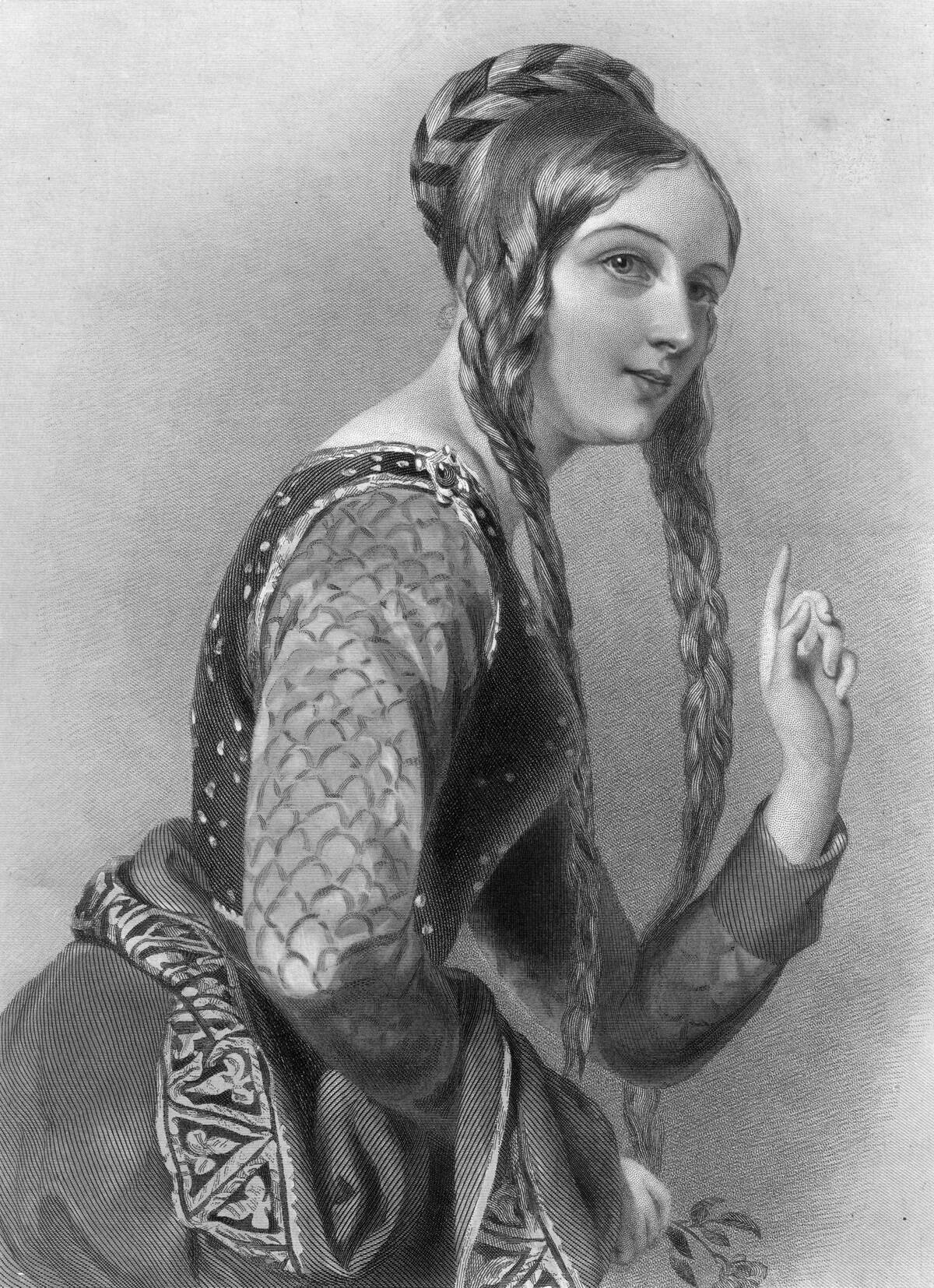
Eleanor of Aquitaine was the richest heiress in France who married both King Louis VII of France and King Henry II of England. She participated in the Second Crusade and rode into battle to distract the Saracens.
People fought in the Crusades to gain ownership over which city?
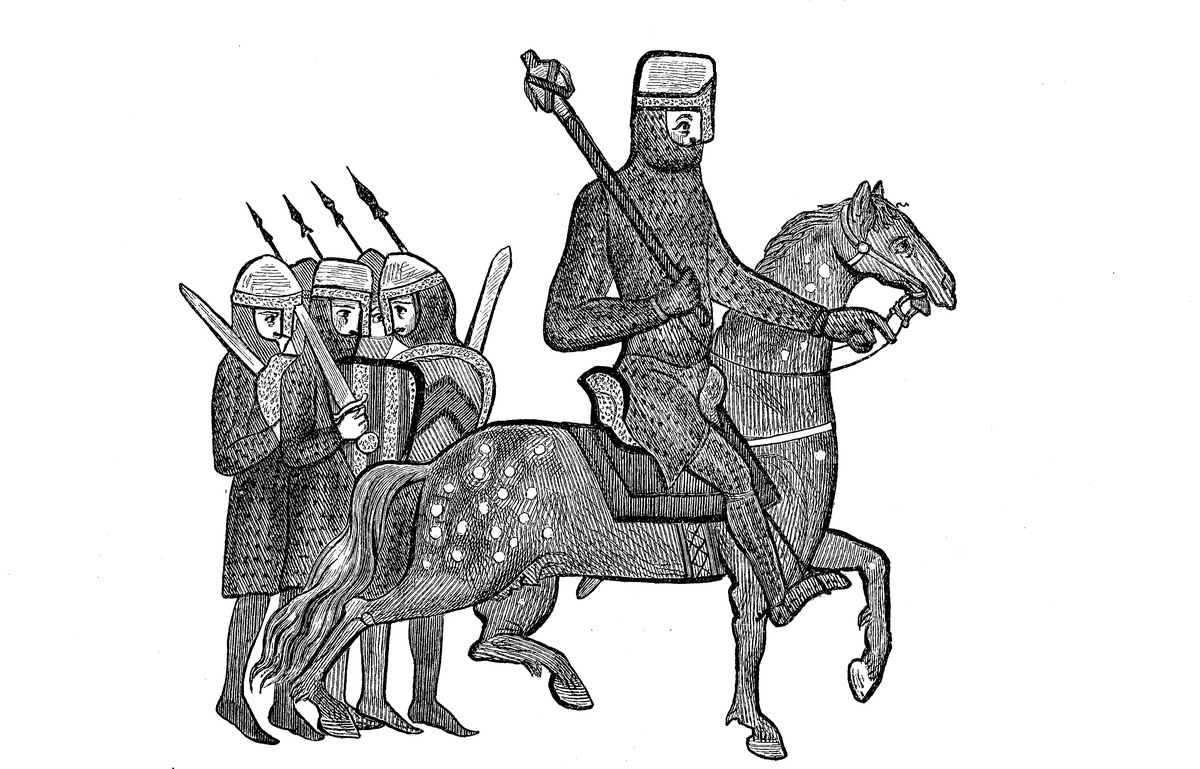
A. Vatican City
B. Mecca
C. Jerusalem
D. Rome
Answer: Jerusalem
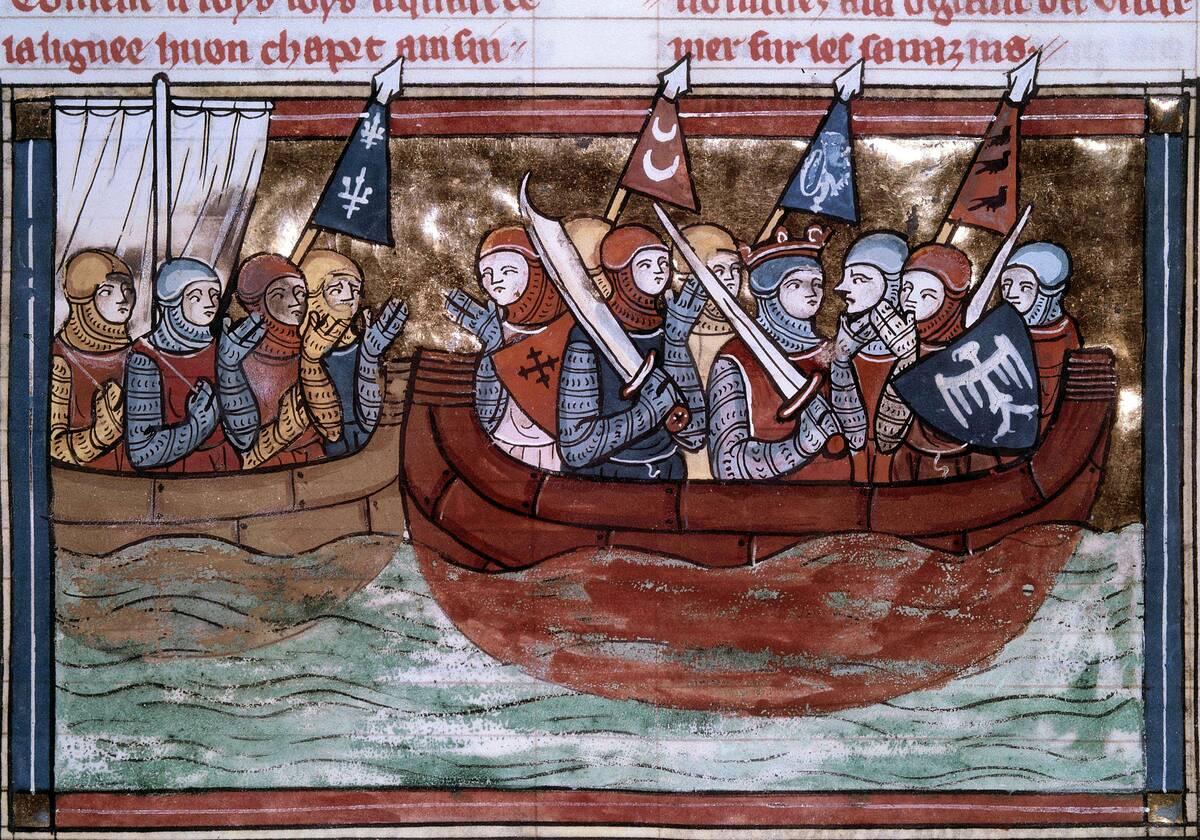
Different kingdoms wanted Jerusalem for various reasons. For Christians, Jerusalem marked the site where Christ died and rose from the dead. Jewish people wanted Jerusalem because it’s where Solomon built the temple of God, and Muslims believed that Muhammad ascended to heaven in that city.
Gargoyles were created to do what?
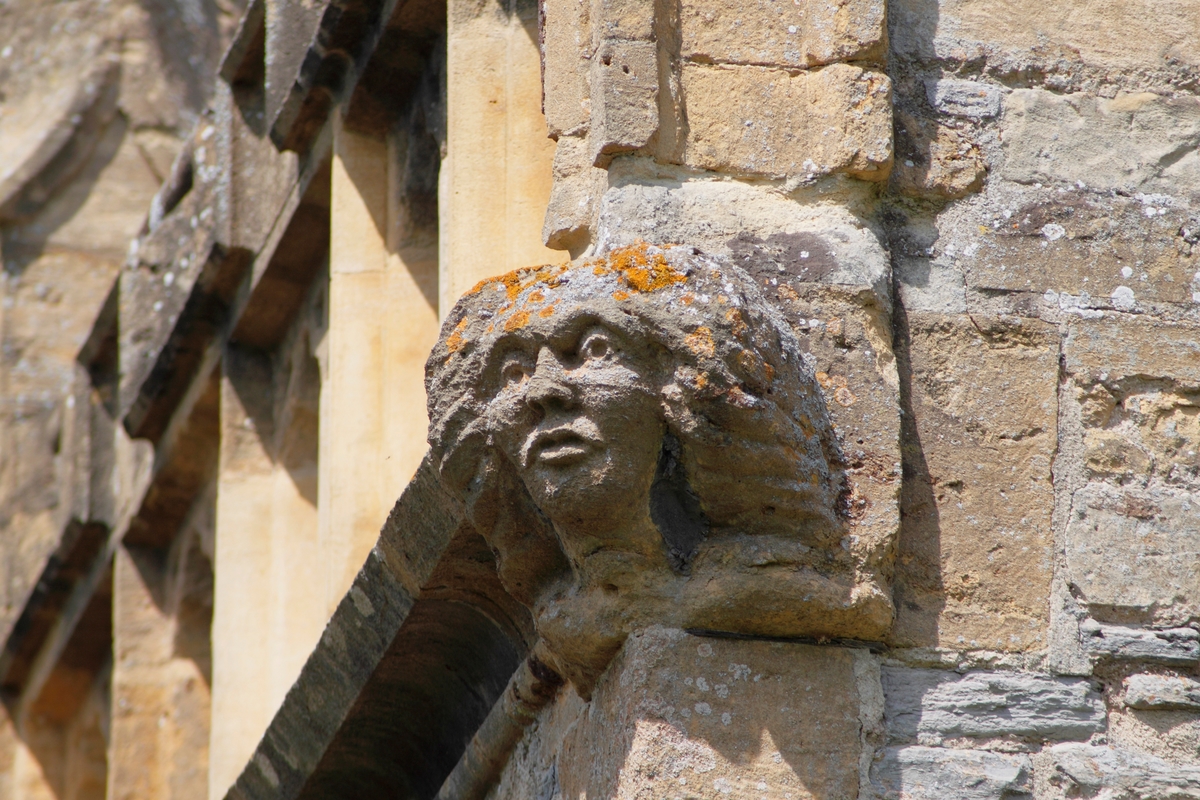
A. They were trendy at the time
B. Scare off malicious spirits
C. Drain rainwater
D. Add weight to the structure
Answer: Drain rainwater
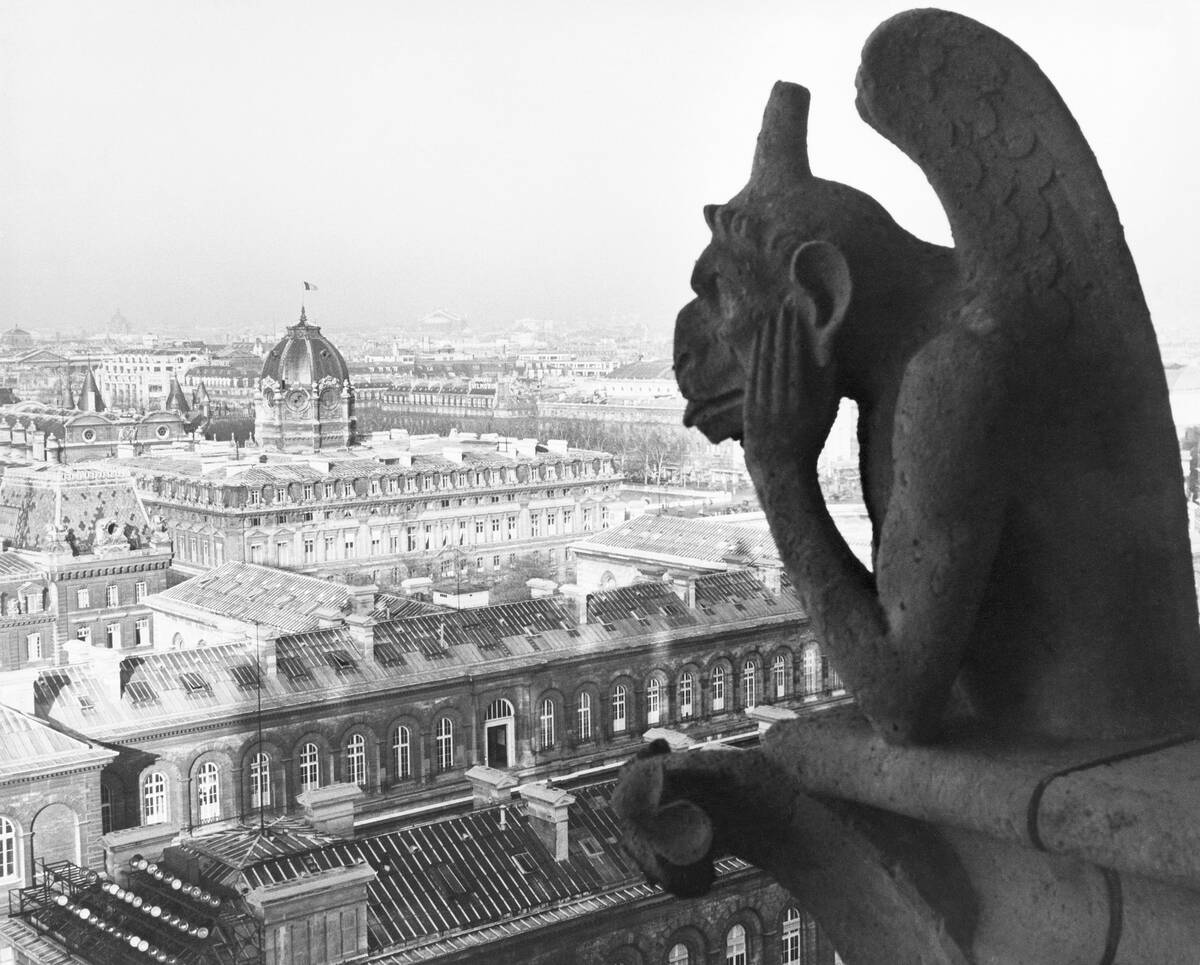
Although many misinterpret gargoyles as spiritual protectors, they’re actually a spout designed to redirect water away from the masonry walls. Beyond medieval England, ancient Greeks, Egyptians, and Etruscans also used animal-shaped waterspouts.
King John’s court forced him to sign a document that changed England’s monarchy forever. What was it called?
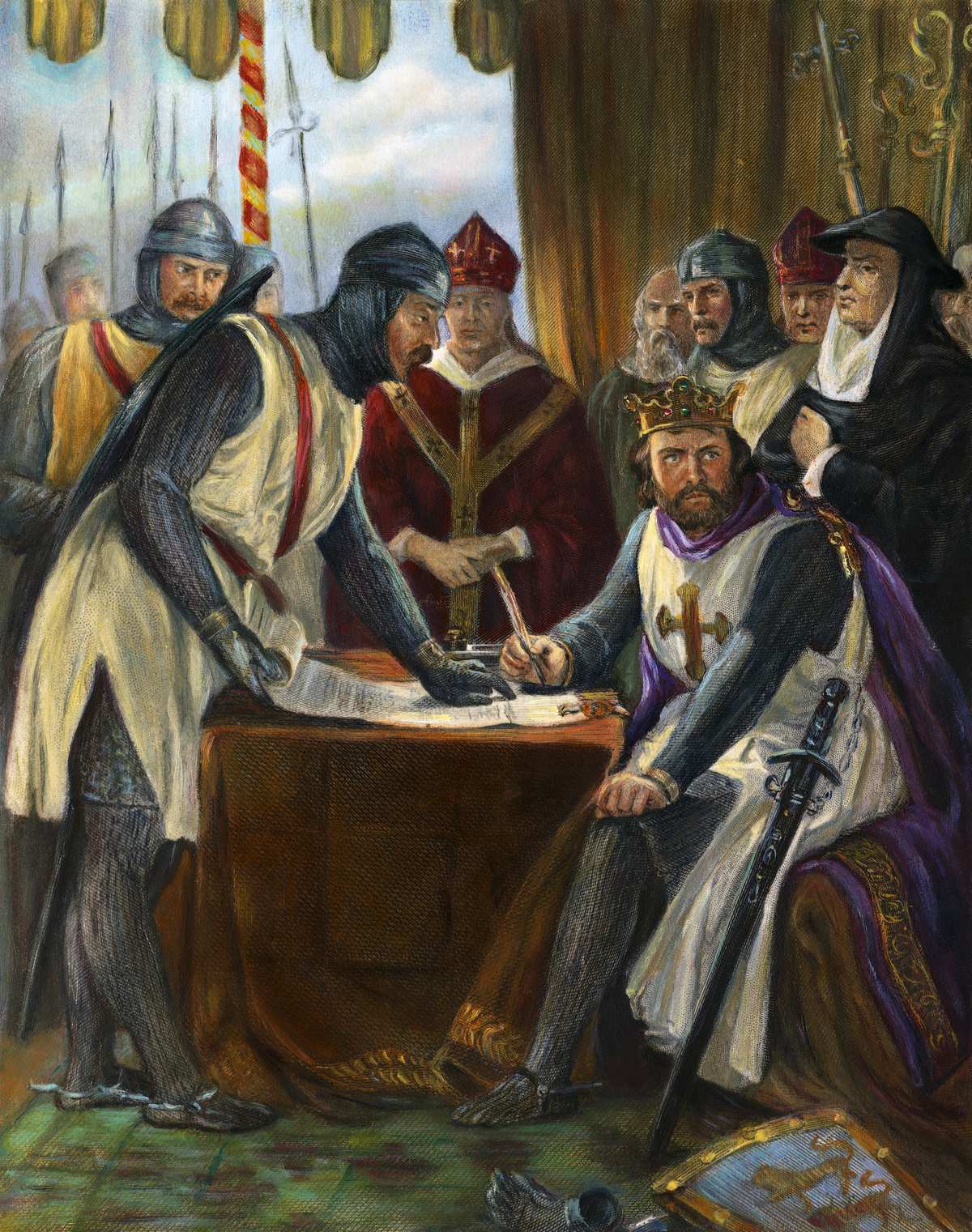
A. The Human Rights Act
B. The Ninety-Five Theses
C. The Magna Carta
D. The Bill of Rights
Answer: The Magna Carta
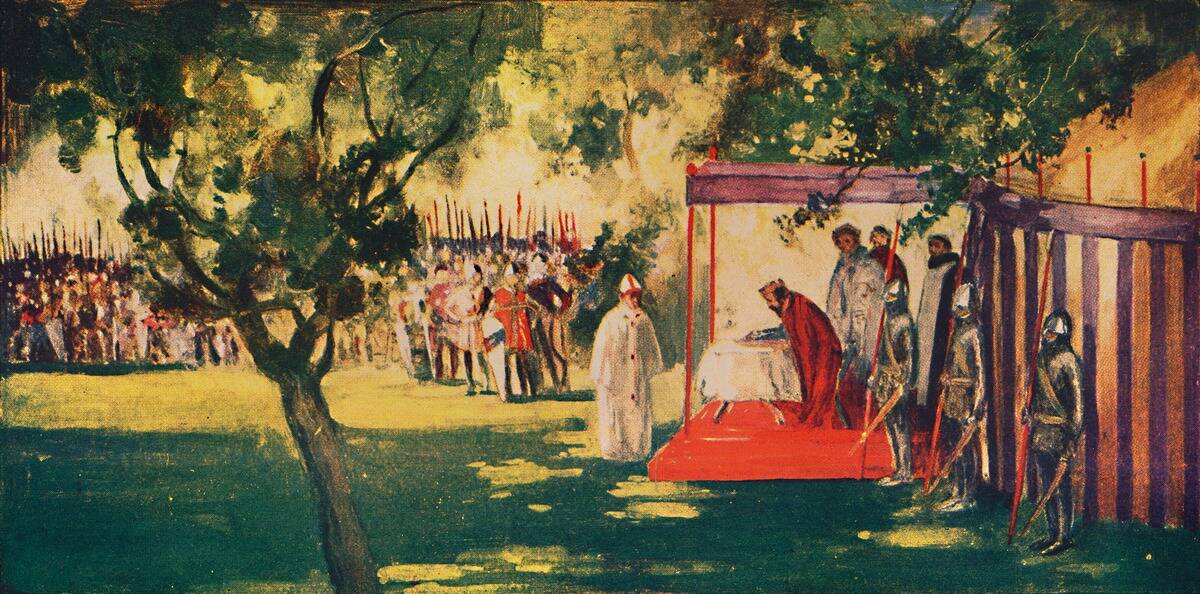
In 1215, rebel barons led by the Archbishop of Canterbury forced King John to sign the Magna Carta, which protected church rights and barons and limited feudal payments to the Crown. After the king’s death, his son Henry III revised the document and stripped some of its more radical content.
In Medieval England, the Roman Catholic Church employed which method of reducing one’s punishment for sin?
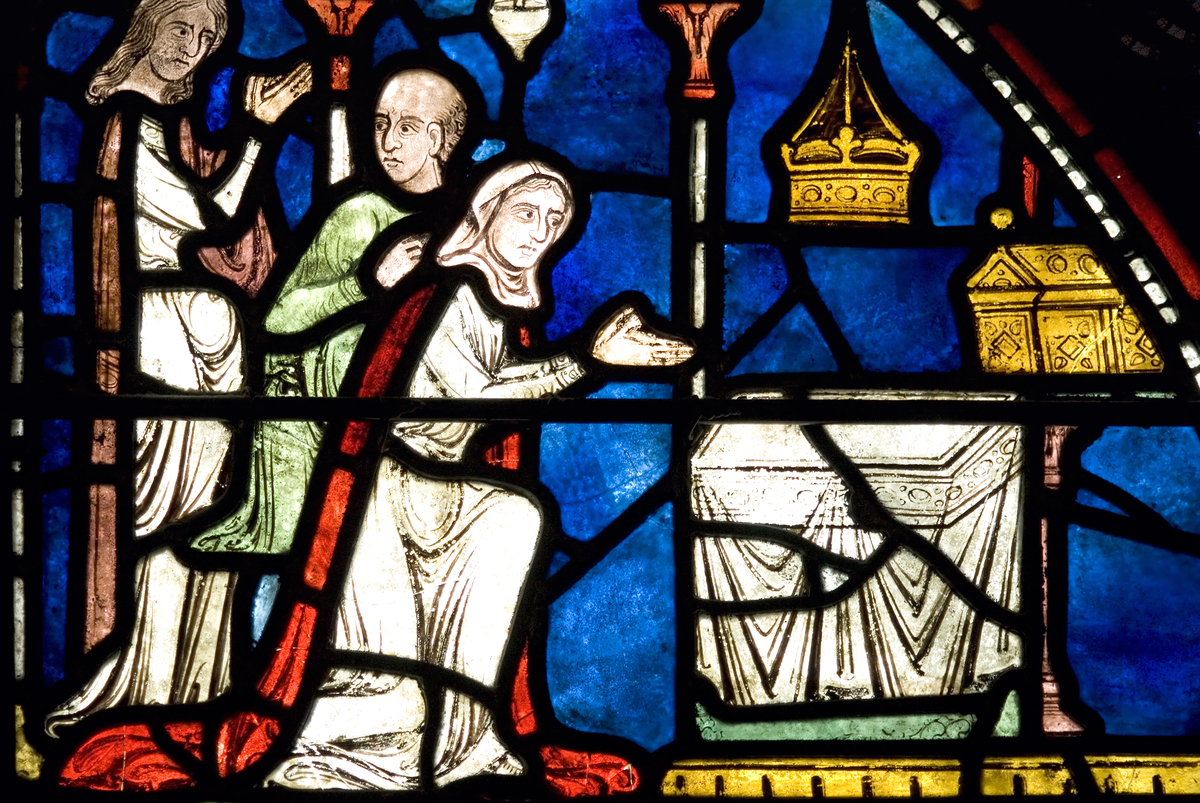
A. Commission
B. Confession
C. Indulgences
D. Baptism
Answer: Indulgences
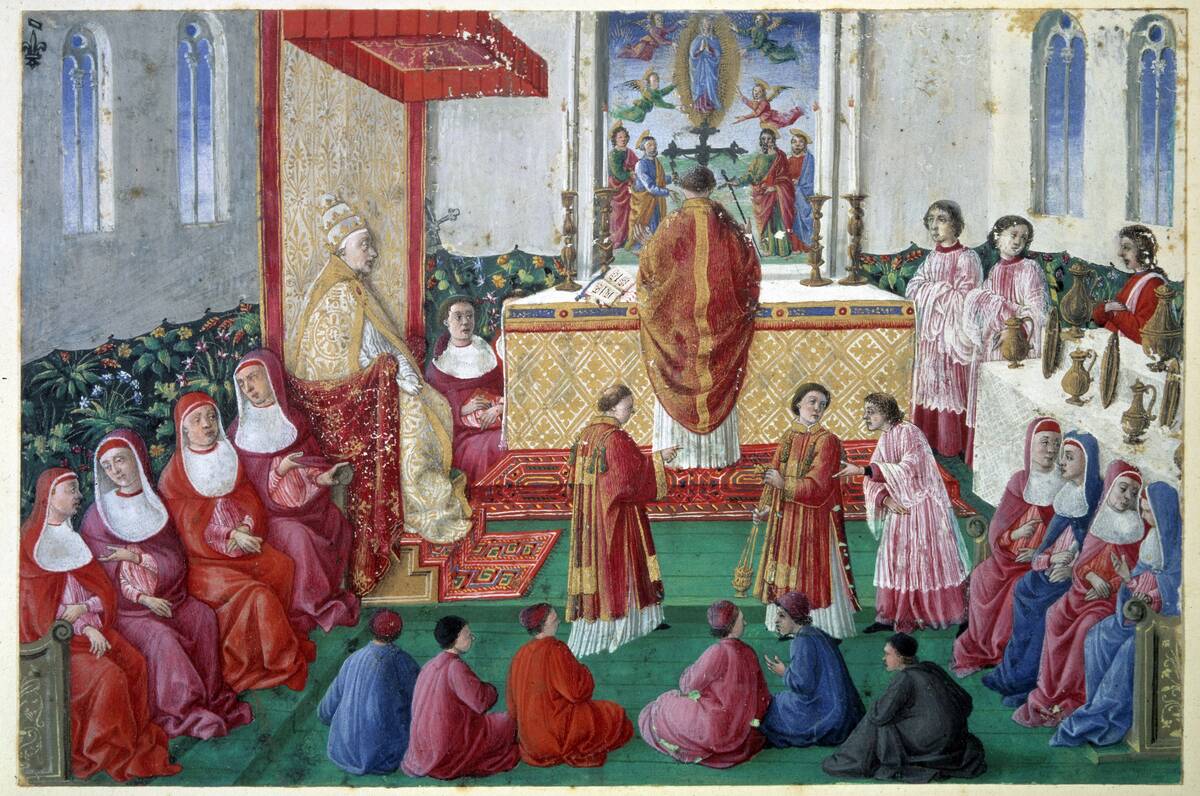
In the Middle Ages, the Catholic church encouraged people to pay indulgences to repent for their sins. While indulgences can take the form of an action or a prayer, many priests reinforced paid indulgences at the time. Martin Luther disputed these, among other Catholic traditions, in his Ninety-Five Theses.
This English king was called “the Lionheart” during his reign.
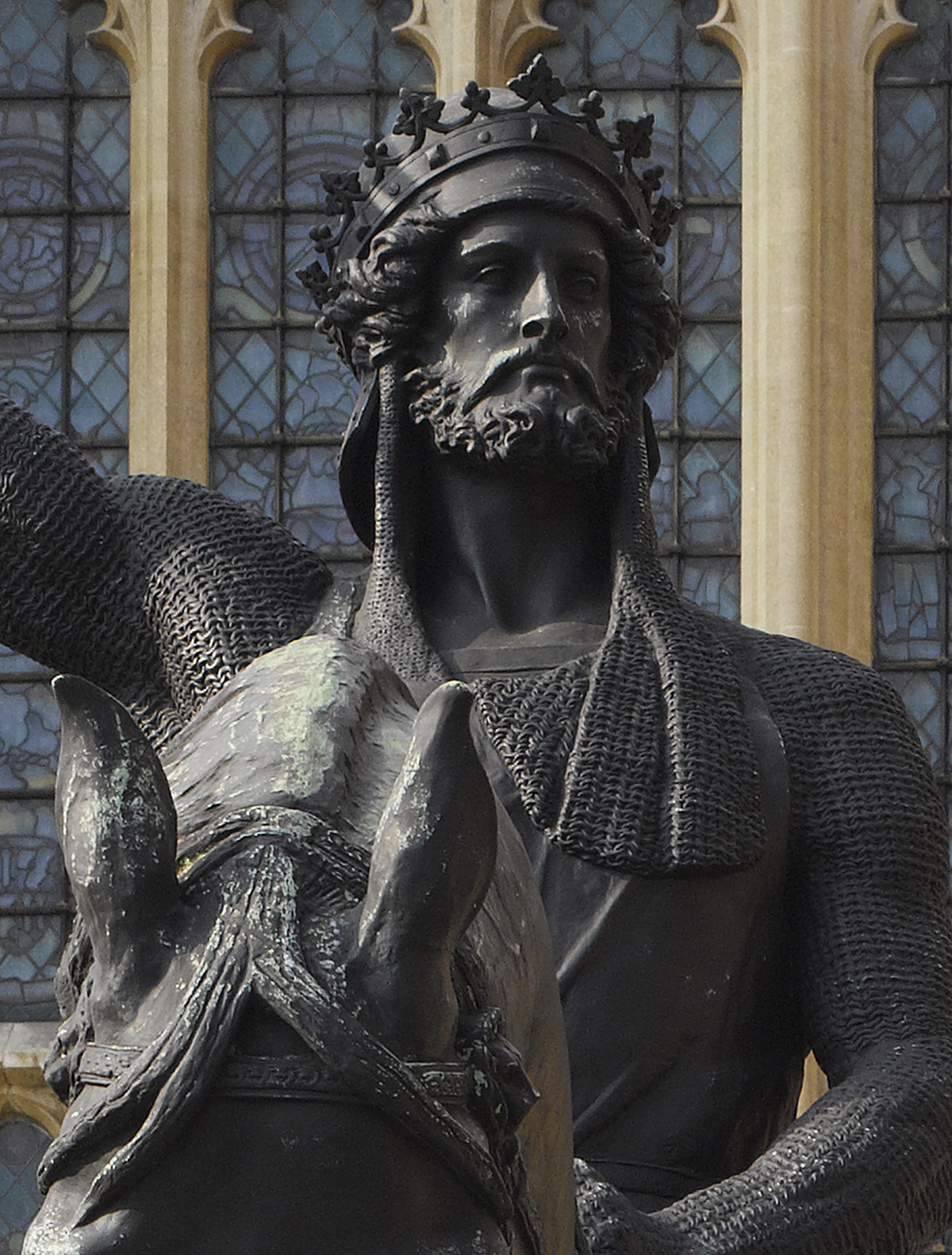
A. Richard I
B. Henry II
C. Richard III
D. Edmund I
Answer: Richard I
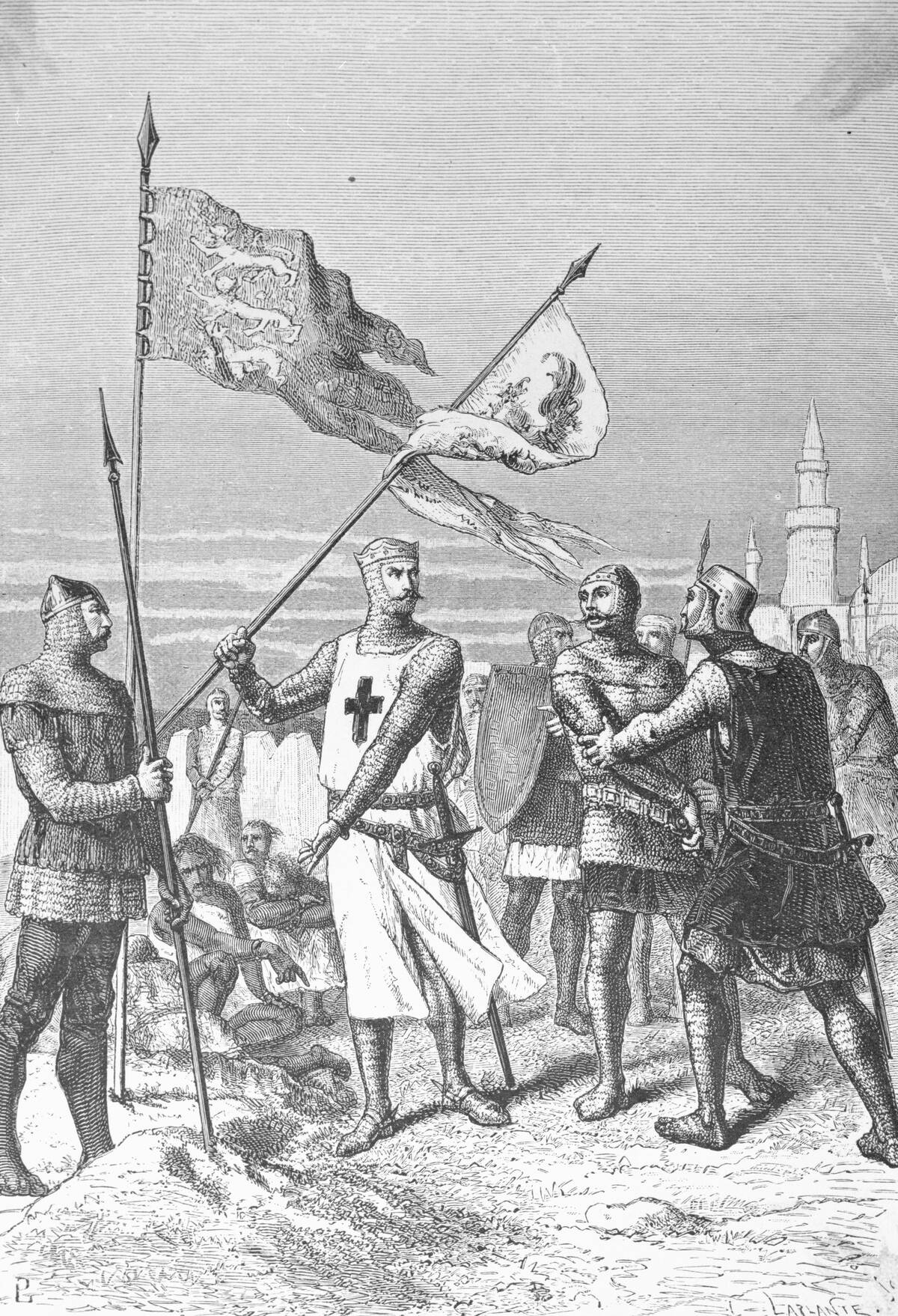
King Richard I, or Richard the Lionheart, gained a reputation as a fierce warrior and leader. At age 16, he allied with France’s Philip II and overthrew his father, Henry II. He led several battles through the crusades in his ten-year rule.
In 1349, King Edward III banned which sport?
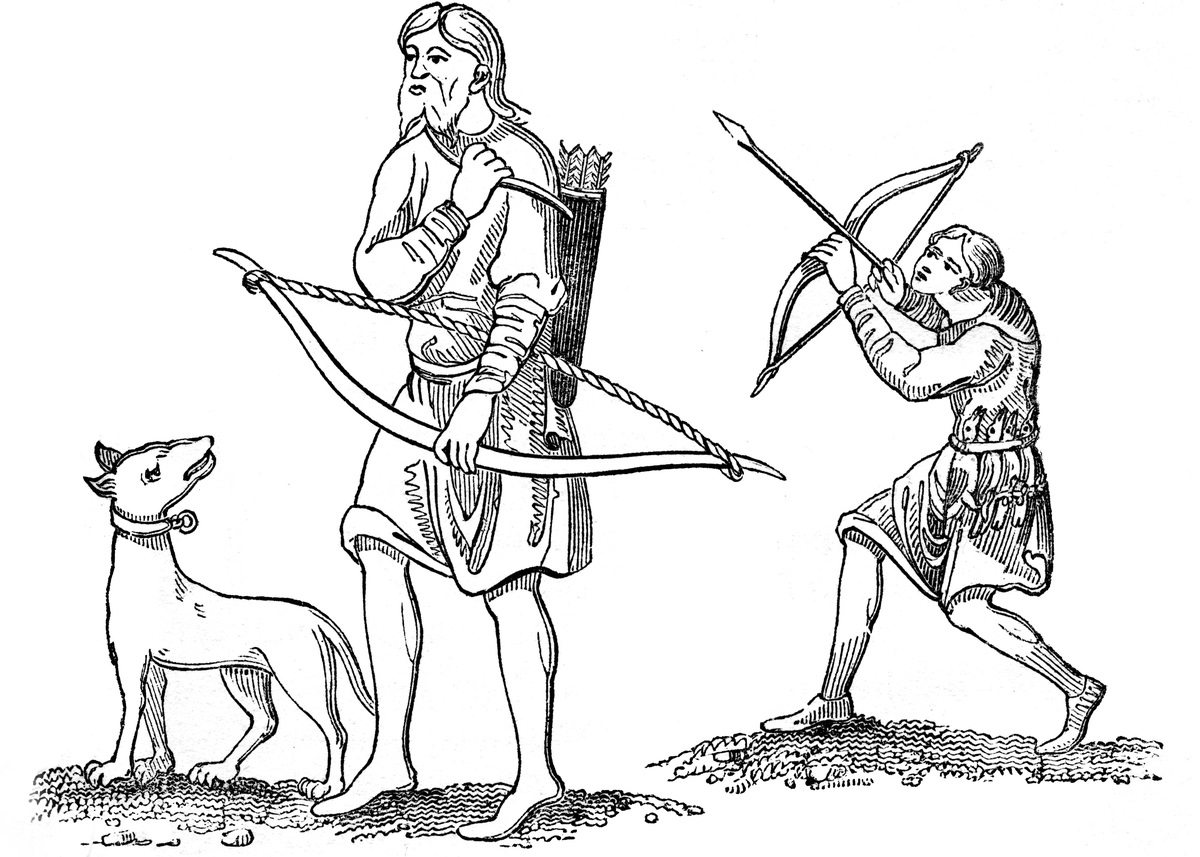
A. Football
B. Archery
C. Hammer throwing
D. Jousting
Answer: Football
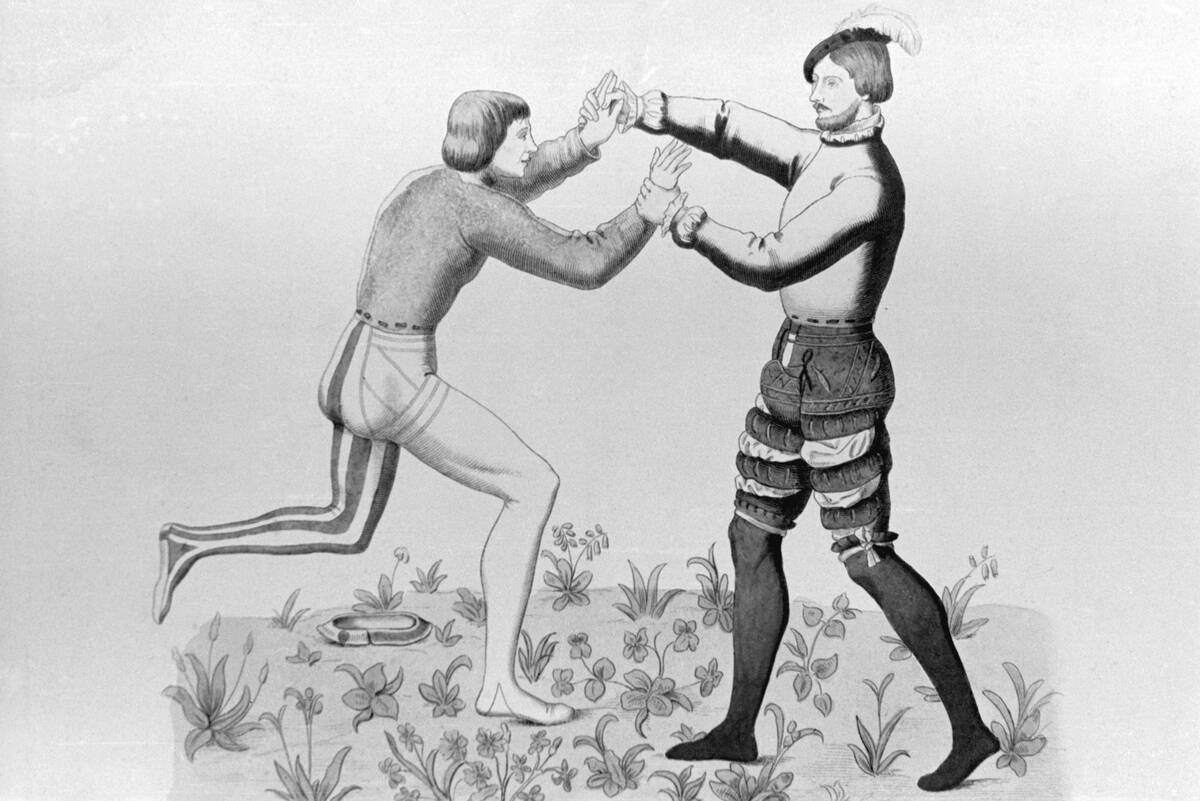
King Edward III became concerned that his citizens were playing more “idle games” such as football rather than archery, which was essential for medieval warfare. He threatened that any who played games like football or hockey would be sent to death.
The Black Death can be divided into how many plagues?
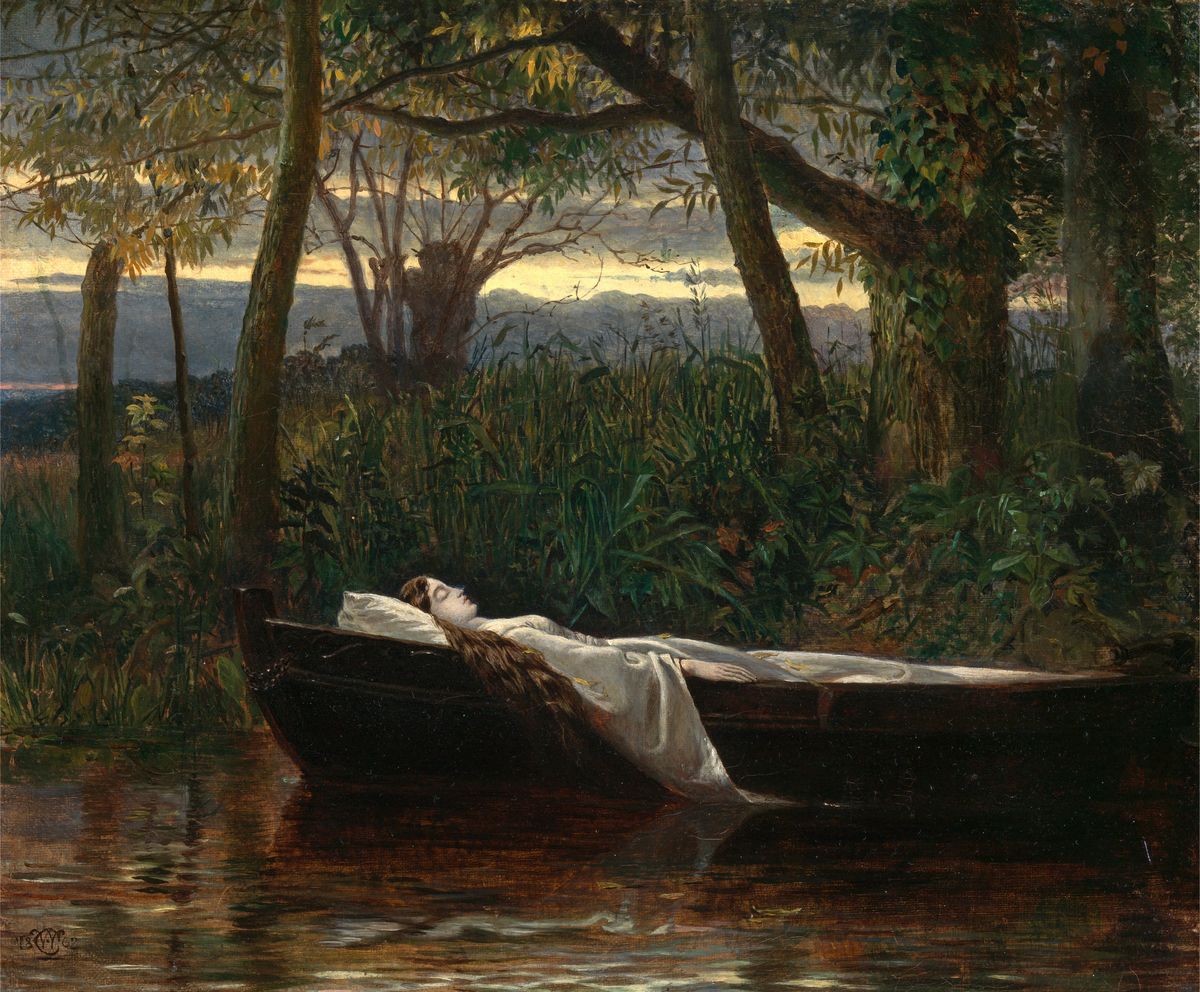
A. 4
B. 3
C. 2
D. 1
Answer: 3
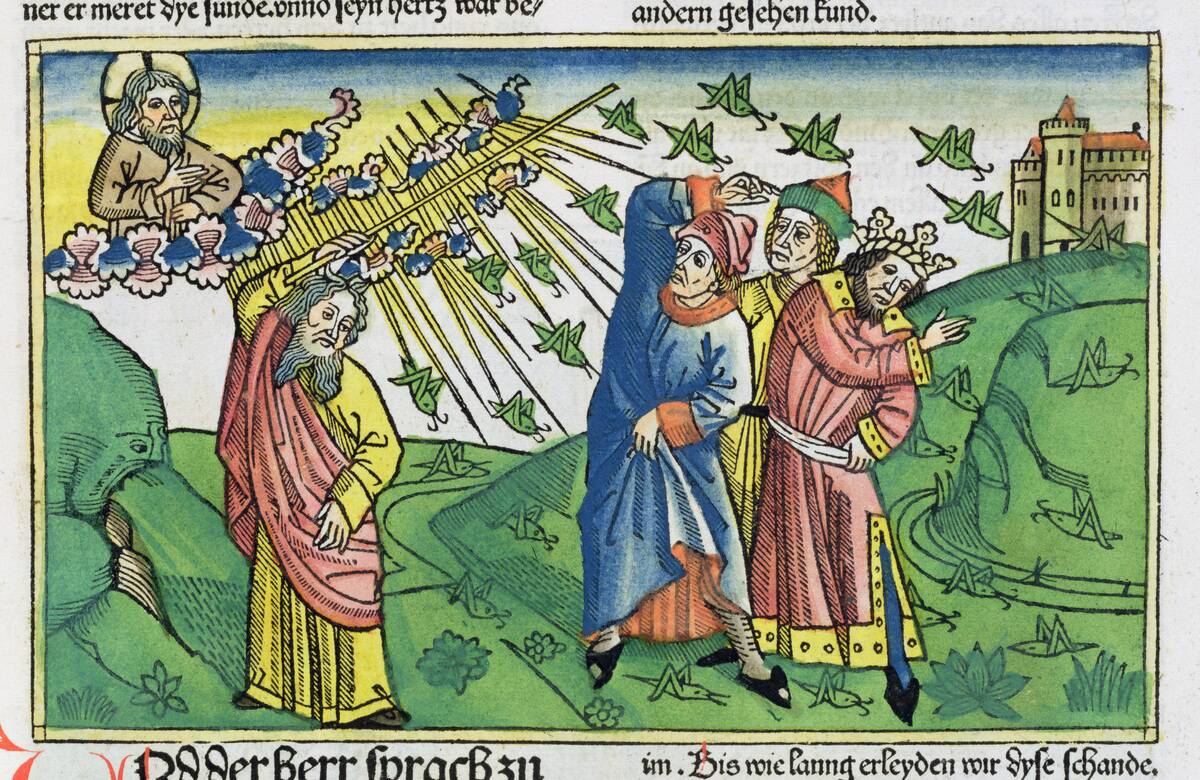
The Black Death consisted of three individual plagues, all caused by the bacteria yersinia pestis. The most common was the bubonic plague, which swelled lymph glands to create a lump called a bubo. The second was the pneumonic plague that infected the lungs. The last and least common plague was the septicemic plague, in which tissue died and formed black spots on the body.
The plague doctors’ beak masks were commonly filled with what?
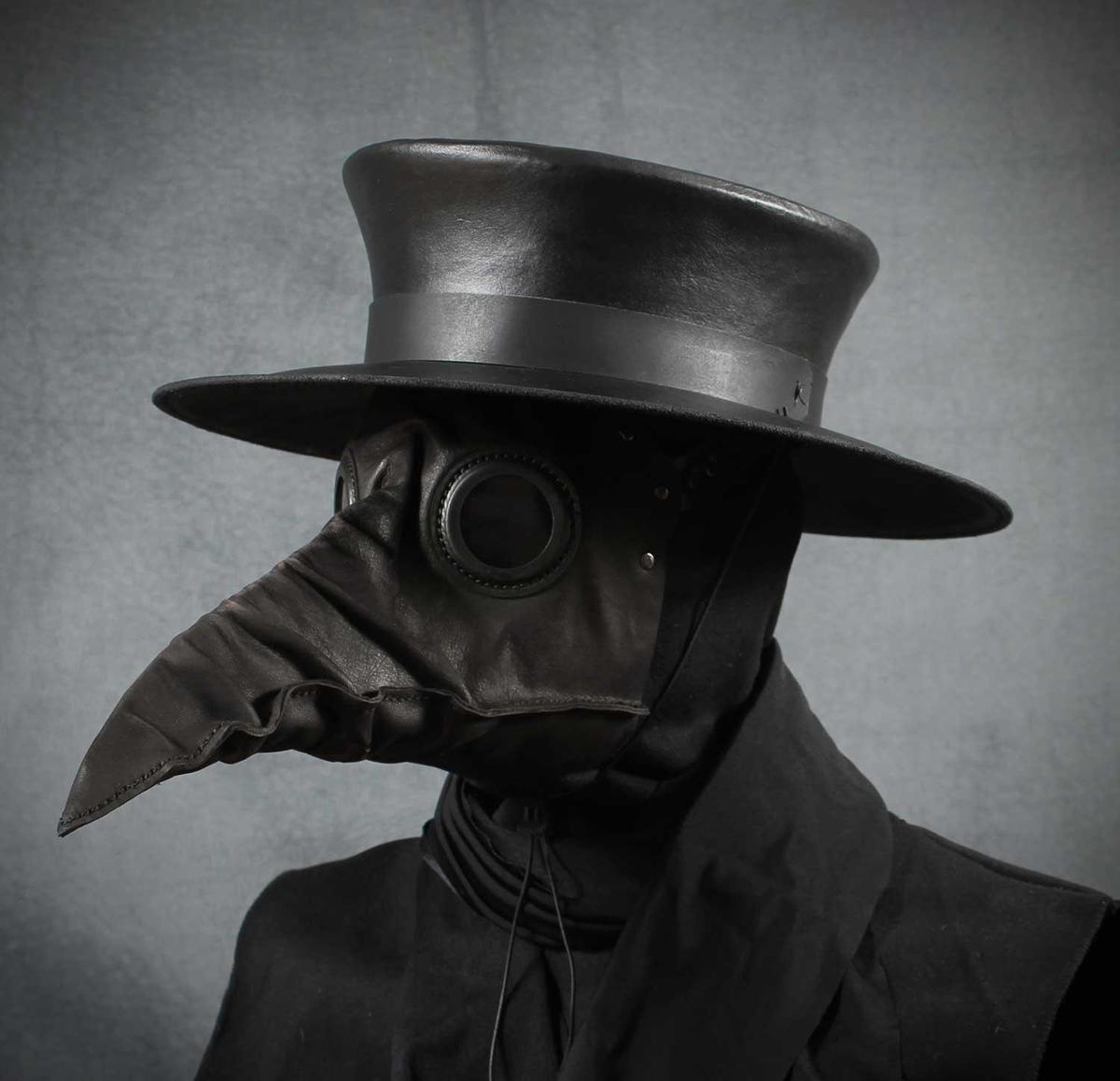
A. Aromatic herbs
B. Nothing
C. Water
D. Cotton
Answer: Aromatic herbs
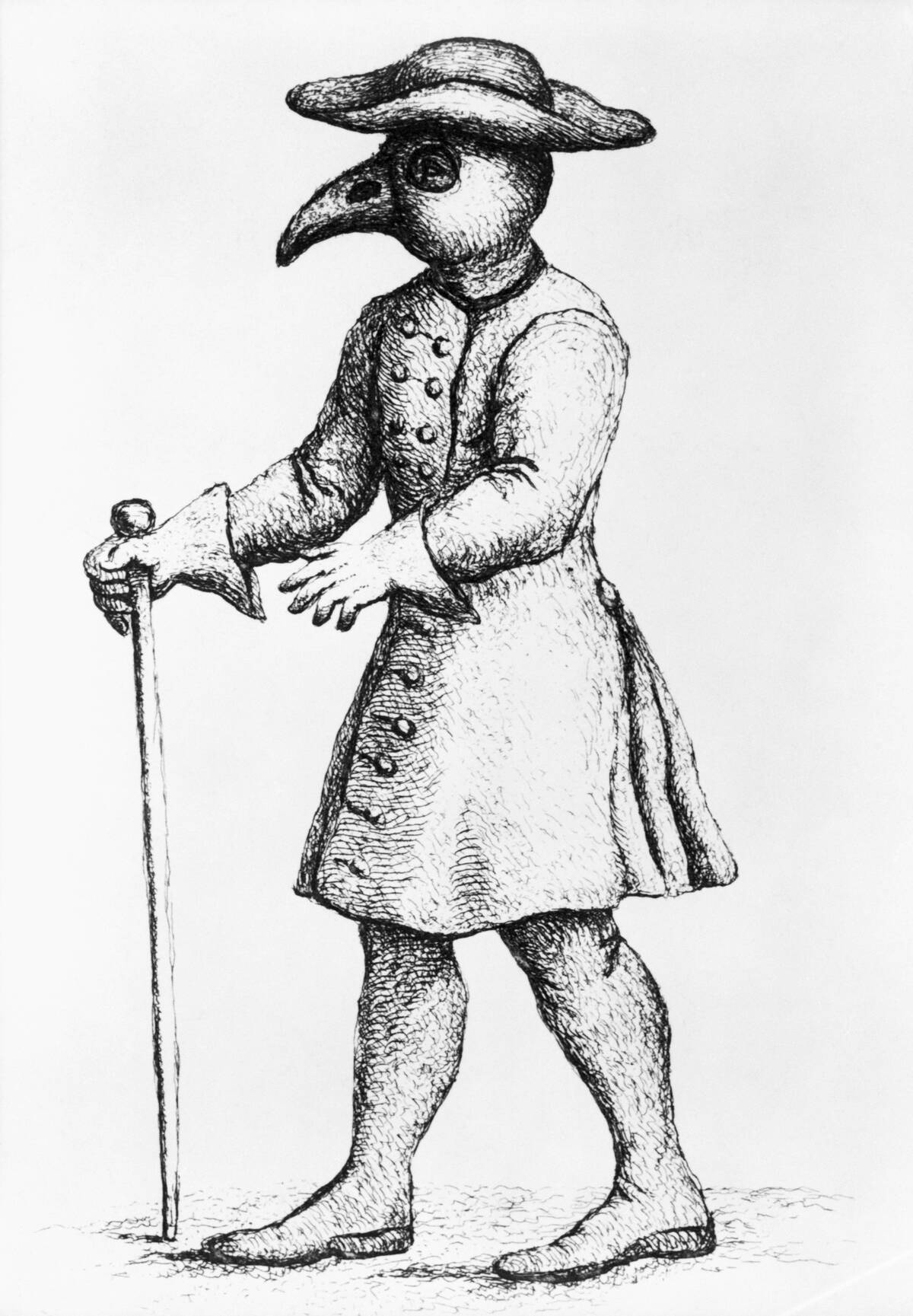
Some plague doctors stuffed their masks with aromatic flowers and herbs to protect them from putrid air. Back then, doctors subscribed to the miasma theory, which claimed that disease spread through “bad air” or “night air.”
What were Medieval savings accounts called?
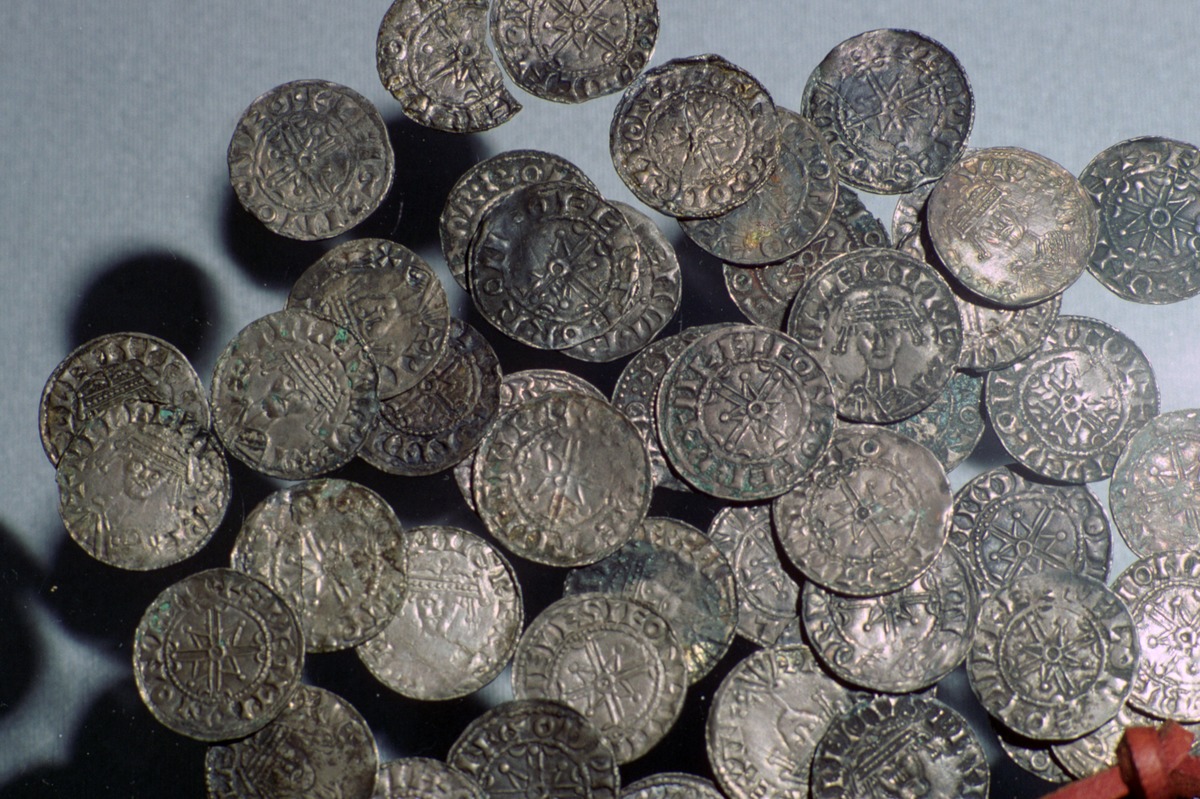
A. Poke
B. Pygg
C. Demesne
D. Catel
Answer: Pygg
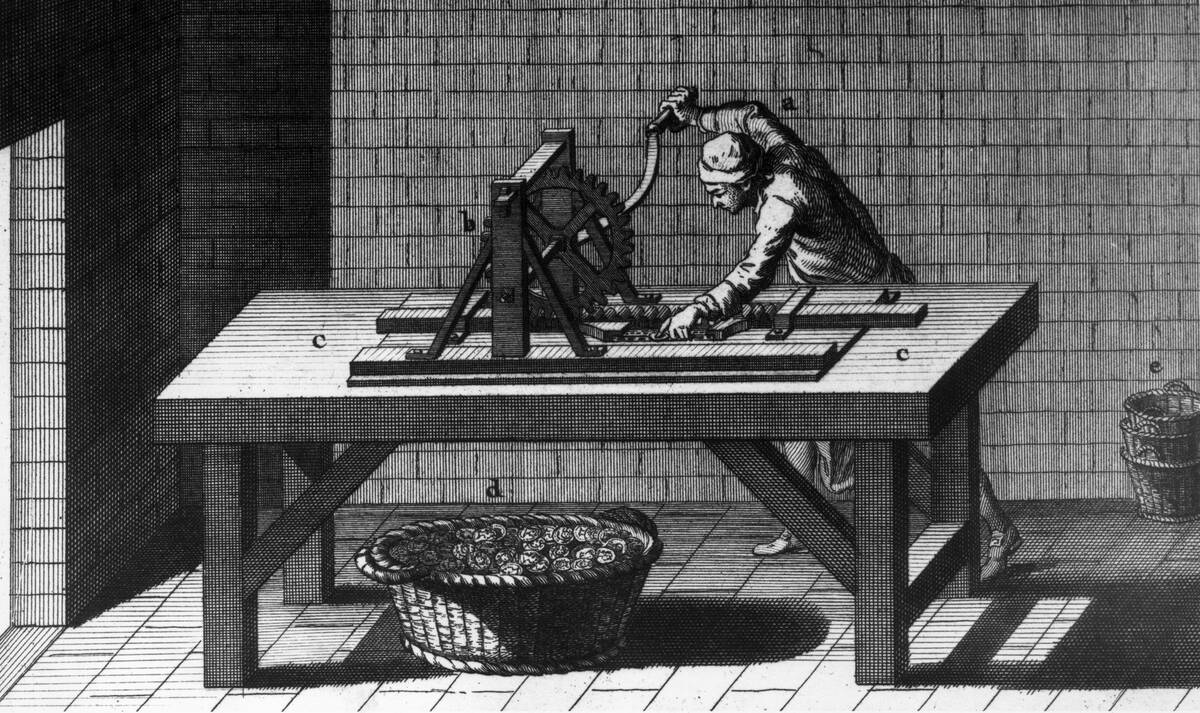
The Medieval English owned a clay jar or pot that they used for saving coins which they called a “pygg.” By the eighteenth century, people called them “pig banks,” which eventually evolved into “piggy banks.”
Priests denied the existence of _____ until after 1400.
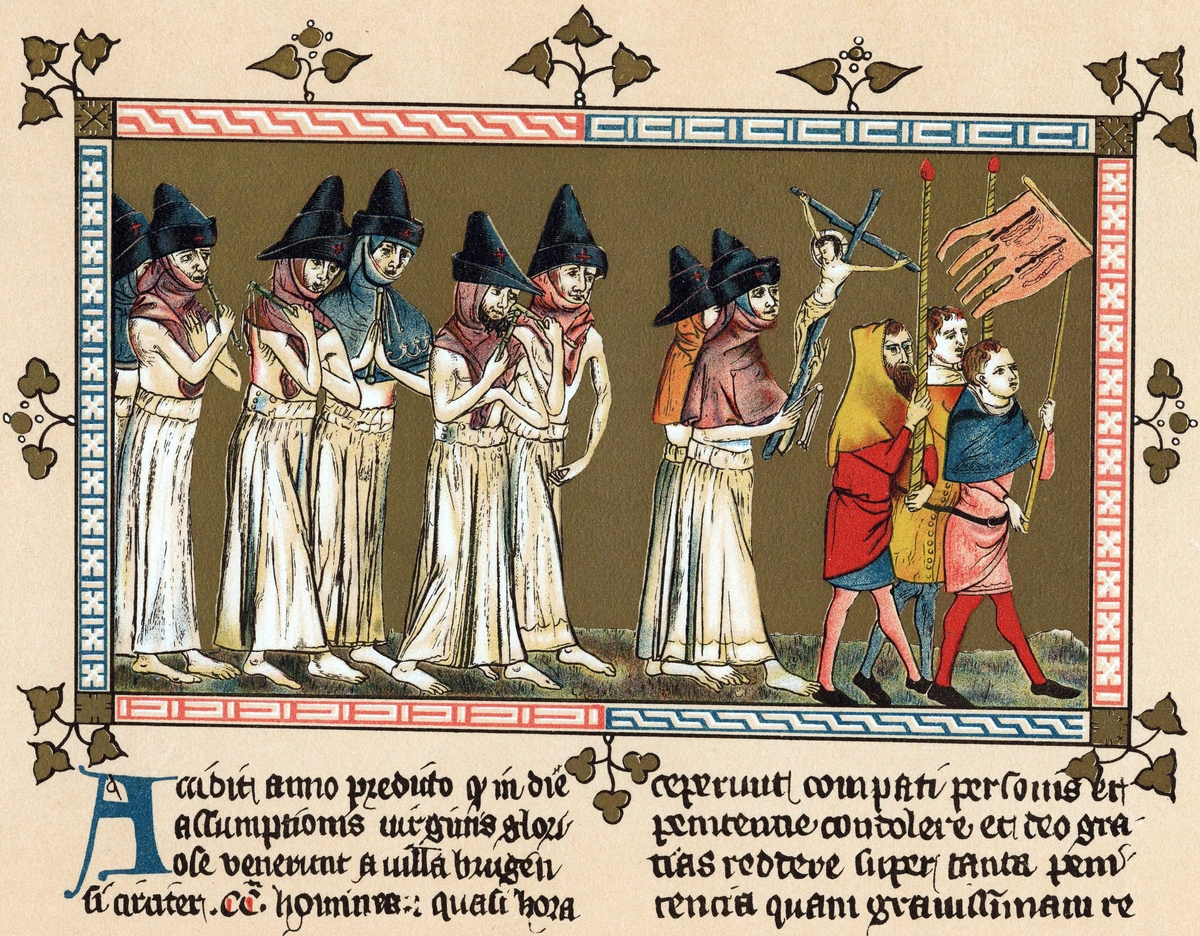
A. Witchcraft
B. Demons
C. Disease
D. Islam
Answer: Witchcraft
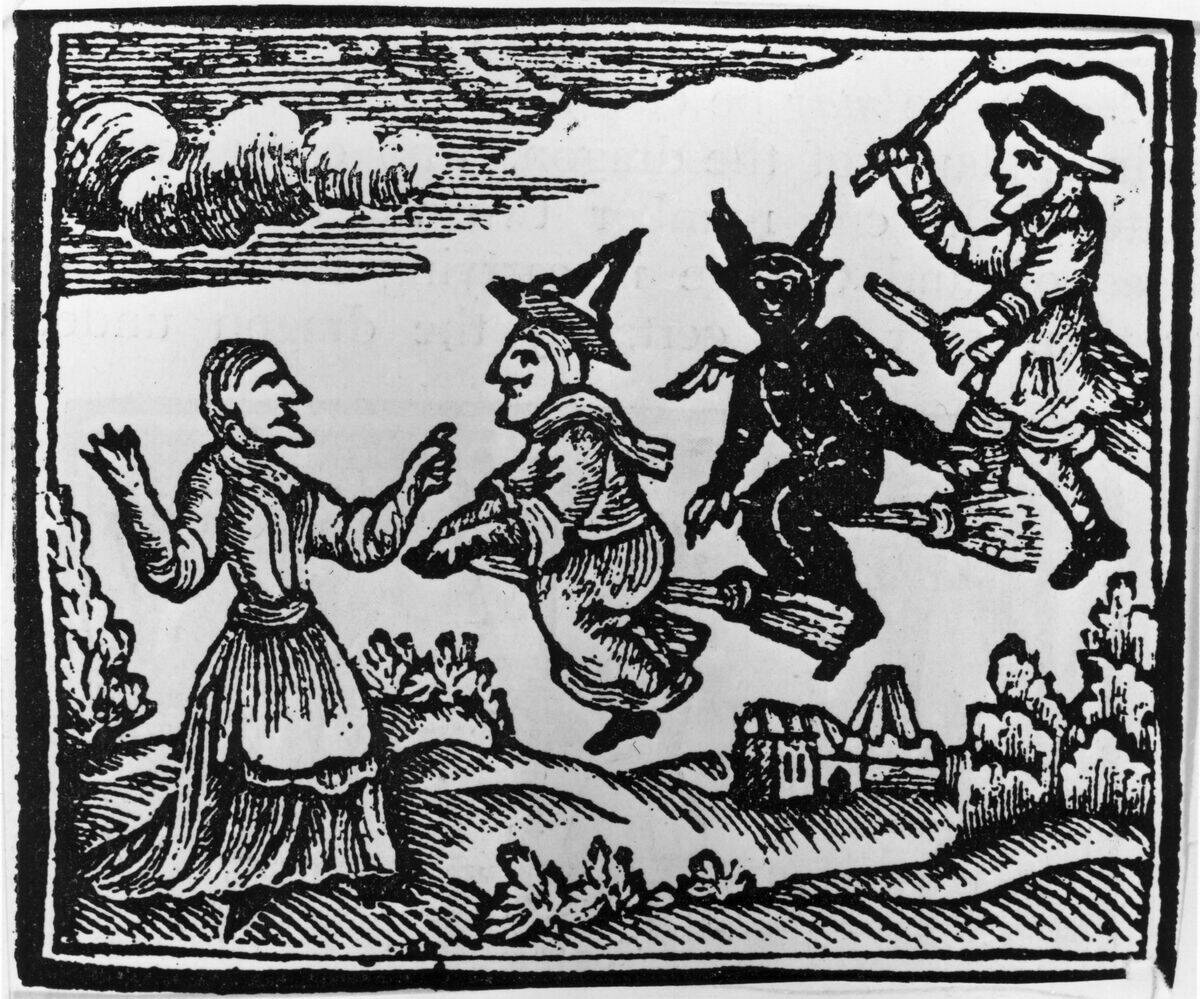
Although many credit the Middle Ages with witch hunts, the fact is that Christian preaching denied the existence of witches, labeling them a Pagan superstition. It wasn’t until the Elizabethan Age that monks began recognizing witchcraft as a threat.
People of all classes in Medieval England mainly ate what?
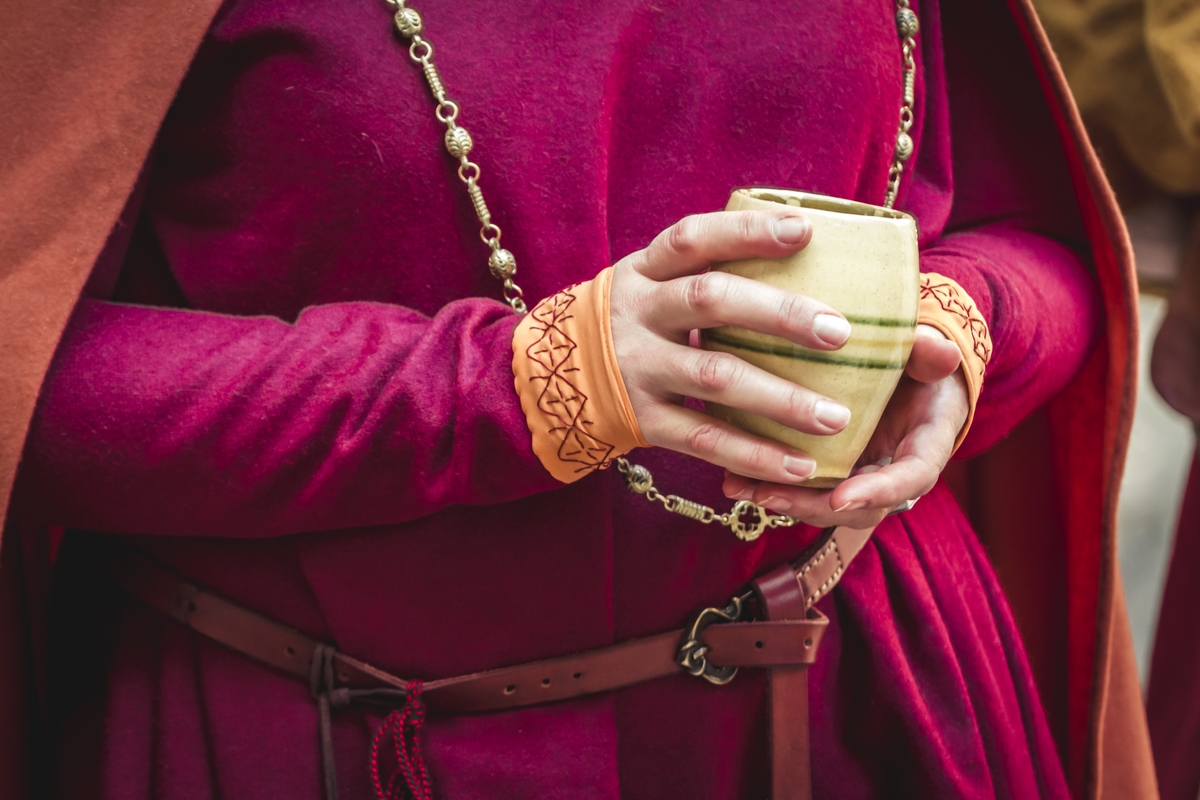
A. Beer
B. Milk
C. Mutton
D. Bread
Answer: Bread
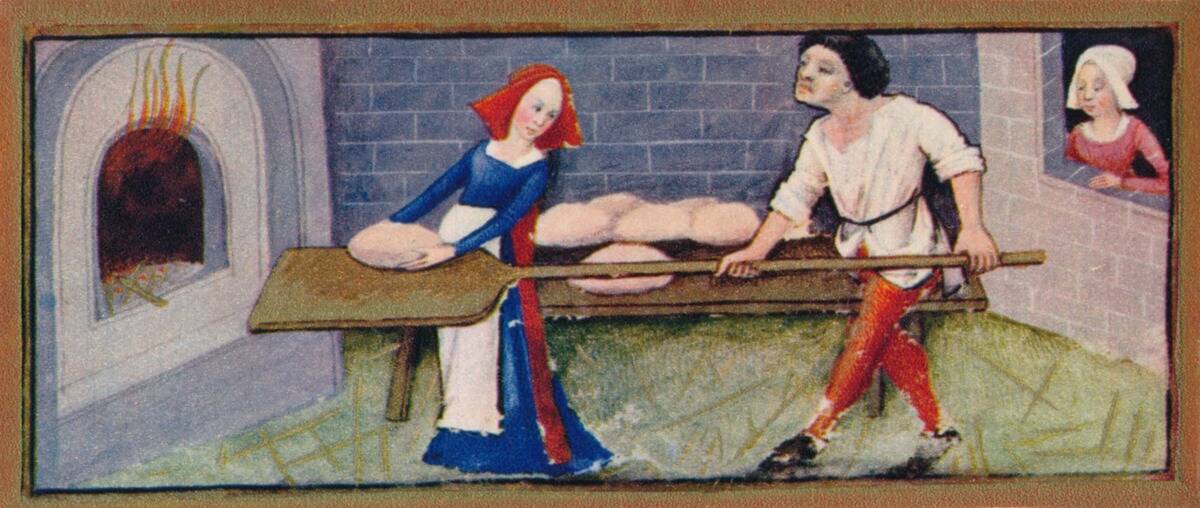
Most people in the Middle Ages ate bread. White bread was reserved for higher classes, while lower and middle classes baked rye or barley. If they didn’t eat the bread fast enough, it would develop a fungus called ergot that would cause hallucinations.
In addition to cutting hair, medieval barbers also performed _____.
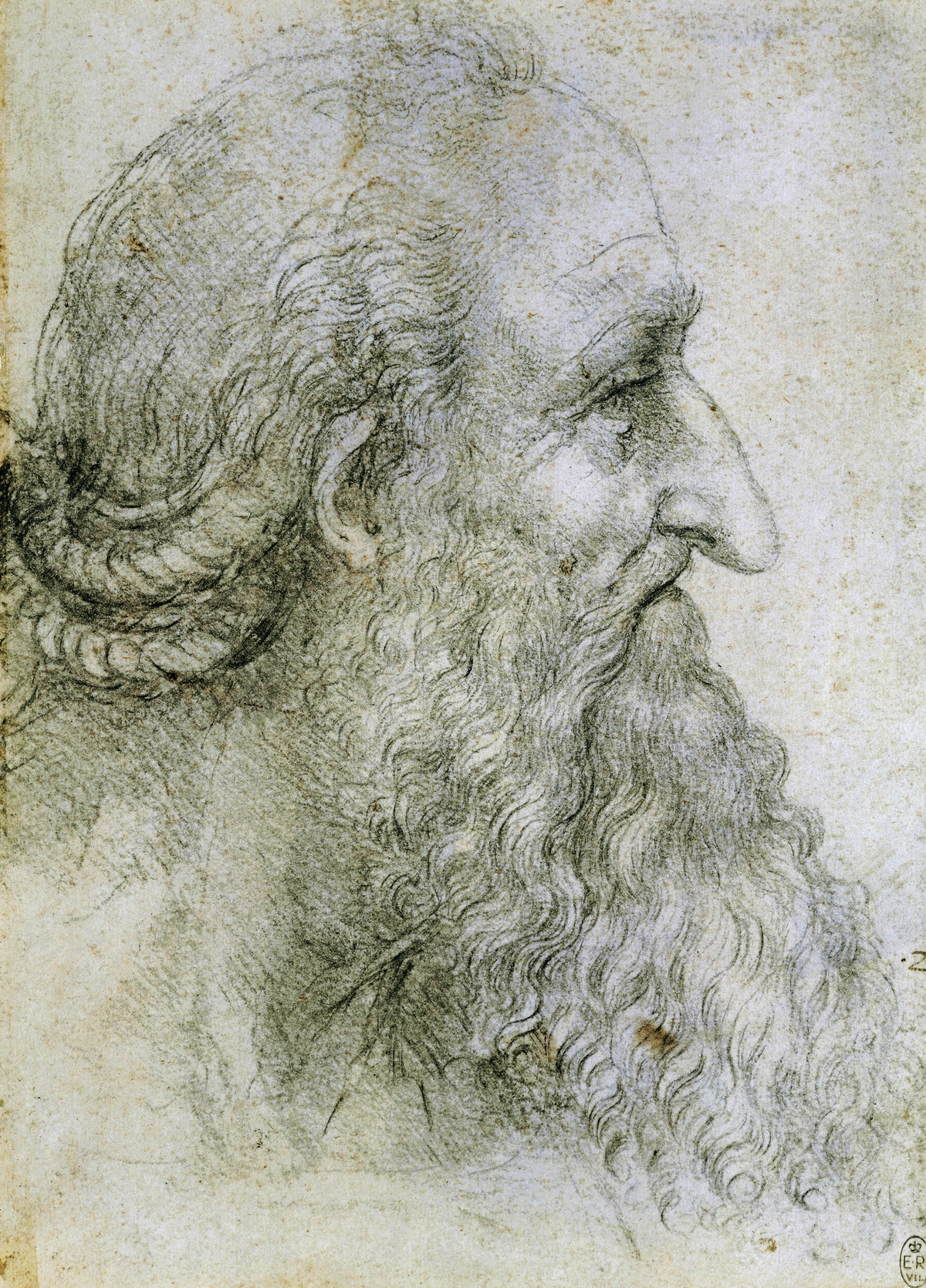
A. Bathing
B. Surgery
C. Farming
D. Nail cutting
Answer: Surgery
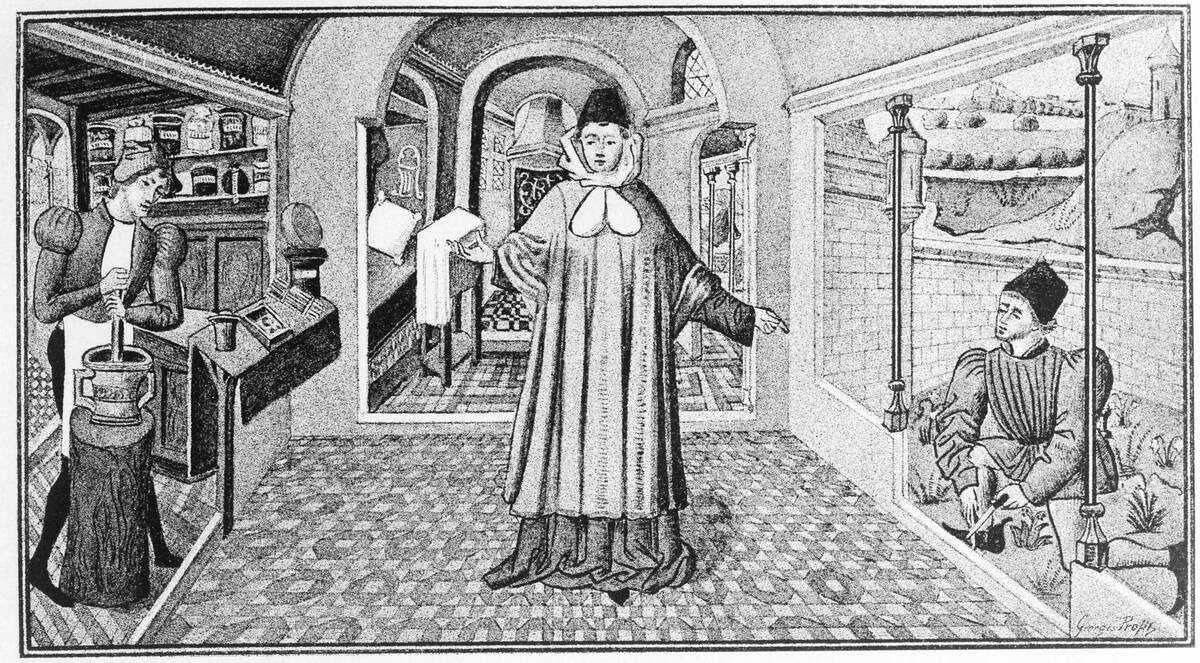
Unlike most doctors at the time, medieval doctors often conducted surgery and dentistry, leading to their modern name barber-surgeons. The red-and-white pole seen in barber shops initially reflected the napkins used to clean up bloodletting.
During the Late Middle Ages, English men commonly wore what?
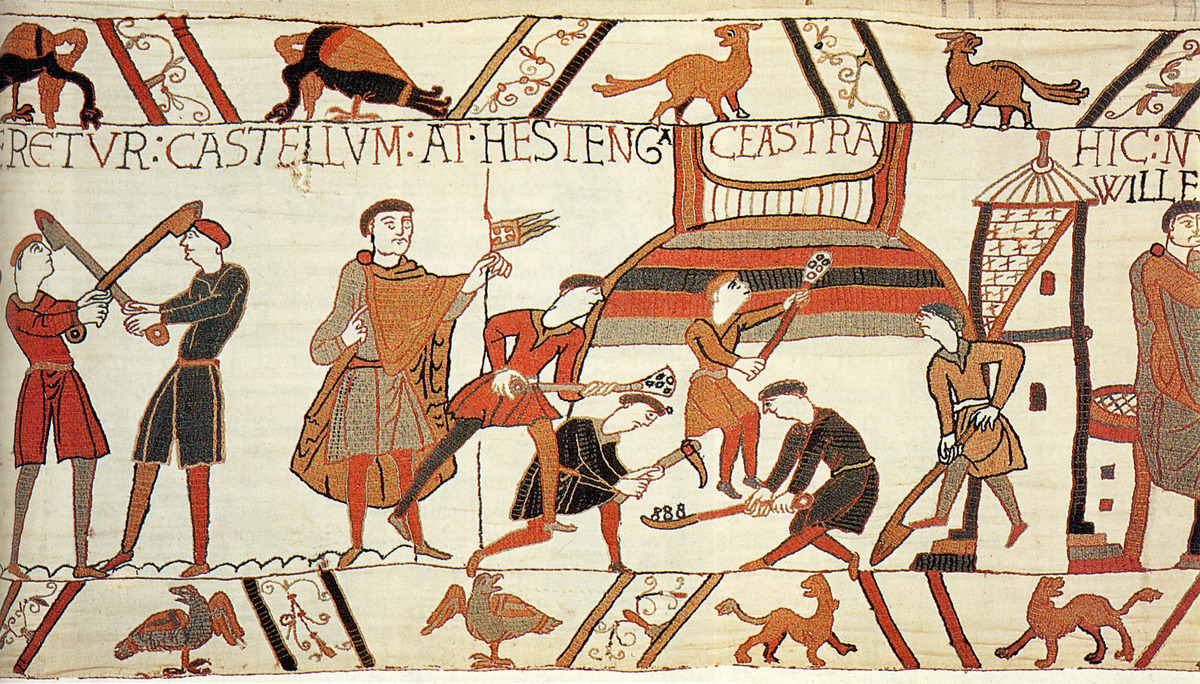
A. Codpieces
B. Pointed shoes
C. Corsets
D. All of these
Answer: All of these
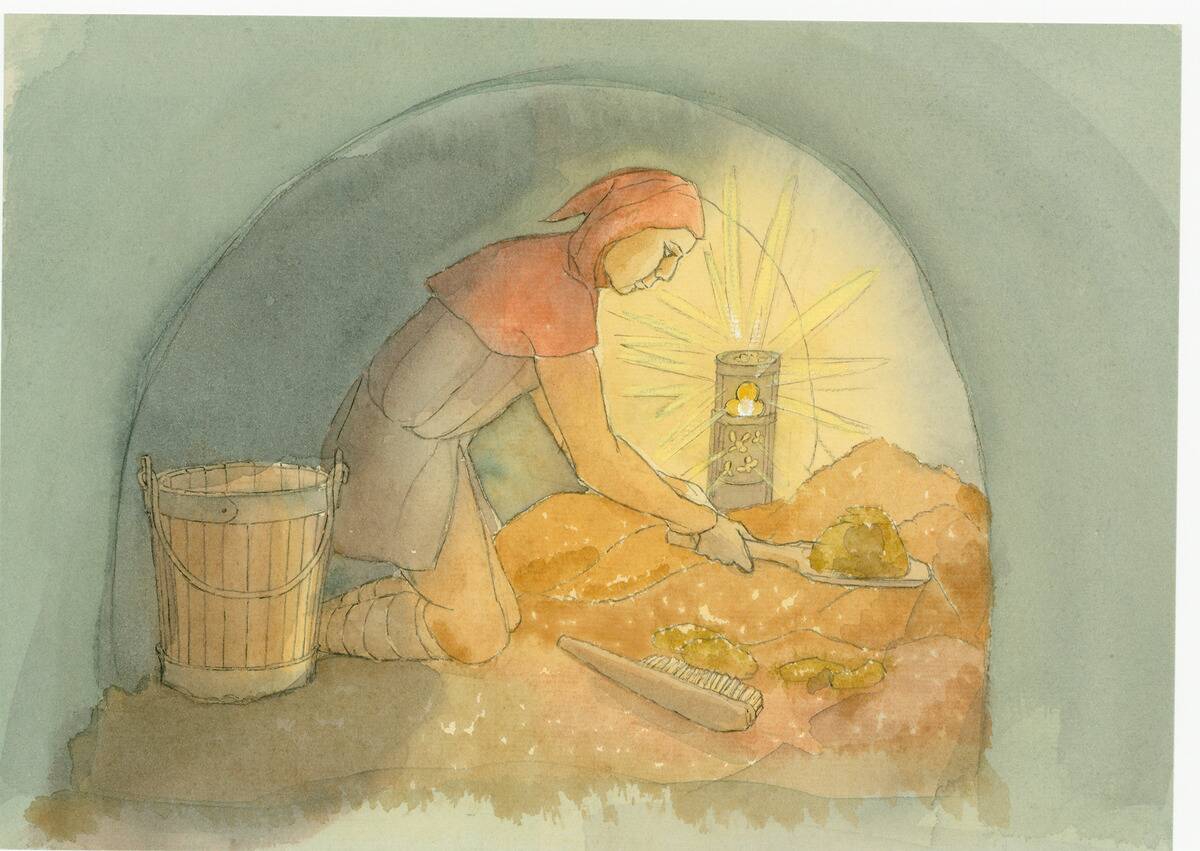
Around the 1390s, Medieval Englishmen typically wore tight pants a codpiece, a covering for the groin. Some men even preferred to wear corsets to narrow their waistline. Imagine that today!
The Domesday Book chronicled what?
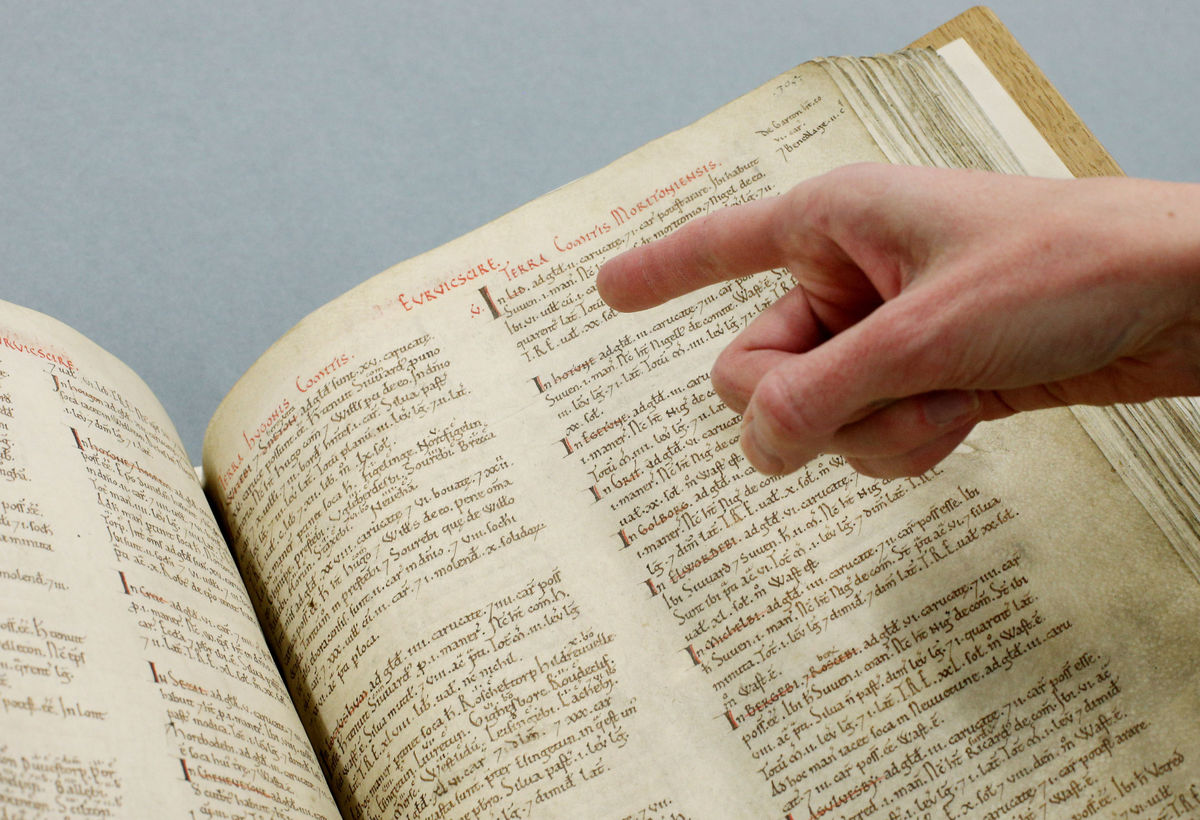
A. A monk’s prediction of the world’s end
B. Religious traditions of the Catholic Church
C. The “Great Survey” of England and Wales
D. All the accomplishments of King William I
Answer: The “Great Survey” of England and Wales
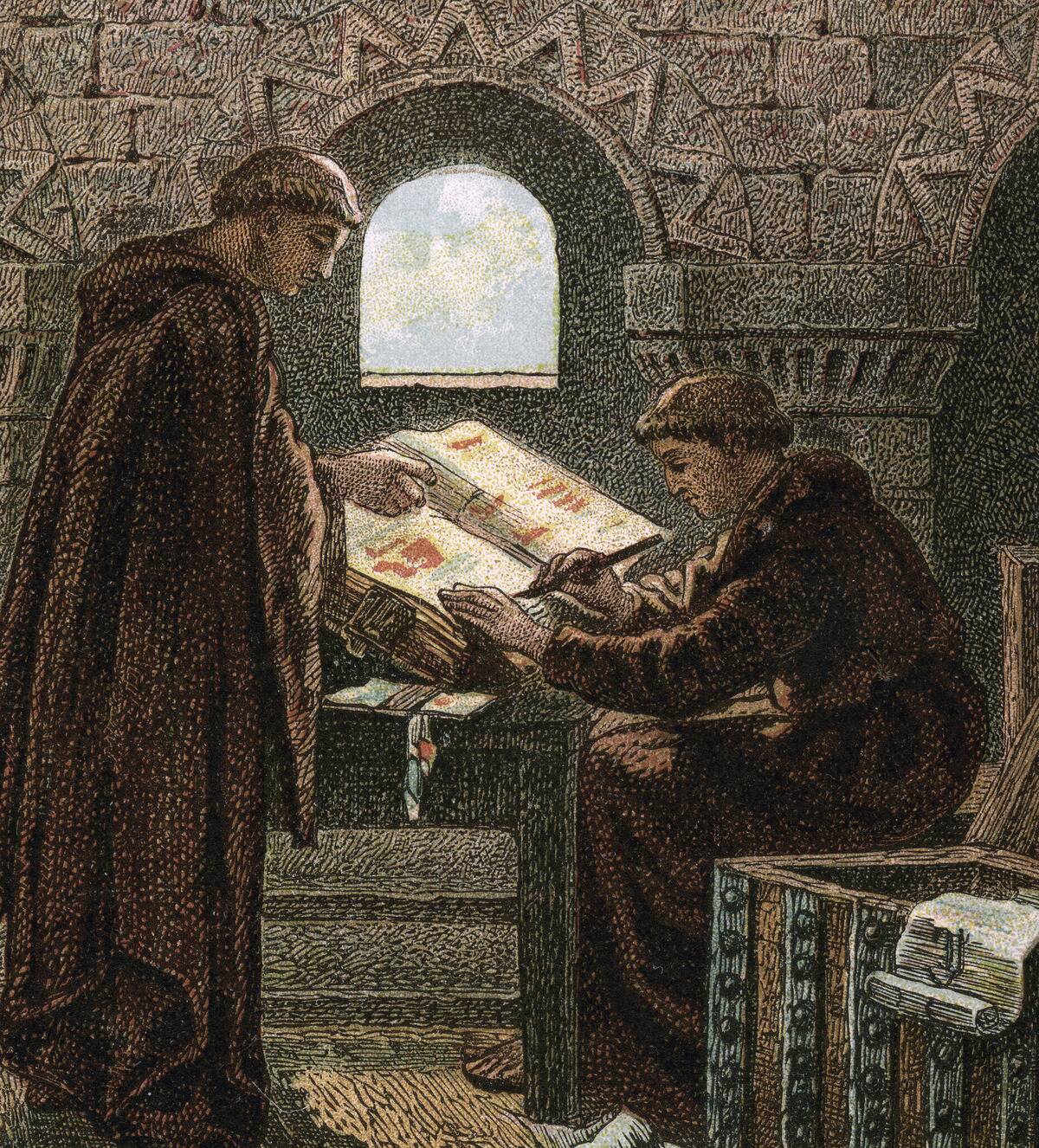
The Domesday Book recorded a survey of the land, towns, and lives of citizens in most of England and parts of Wales. Completed in 1086 by William the Conqueror, the Domesday Book has become an invaluable resource for historians to learn about Medieval England.
The Hundred Years’ War Lasted How Long?
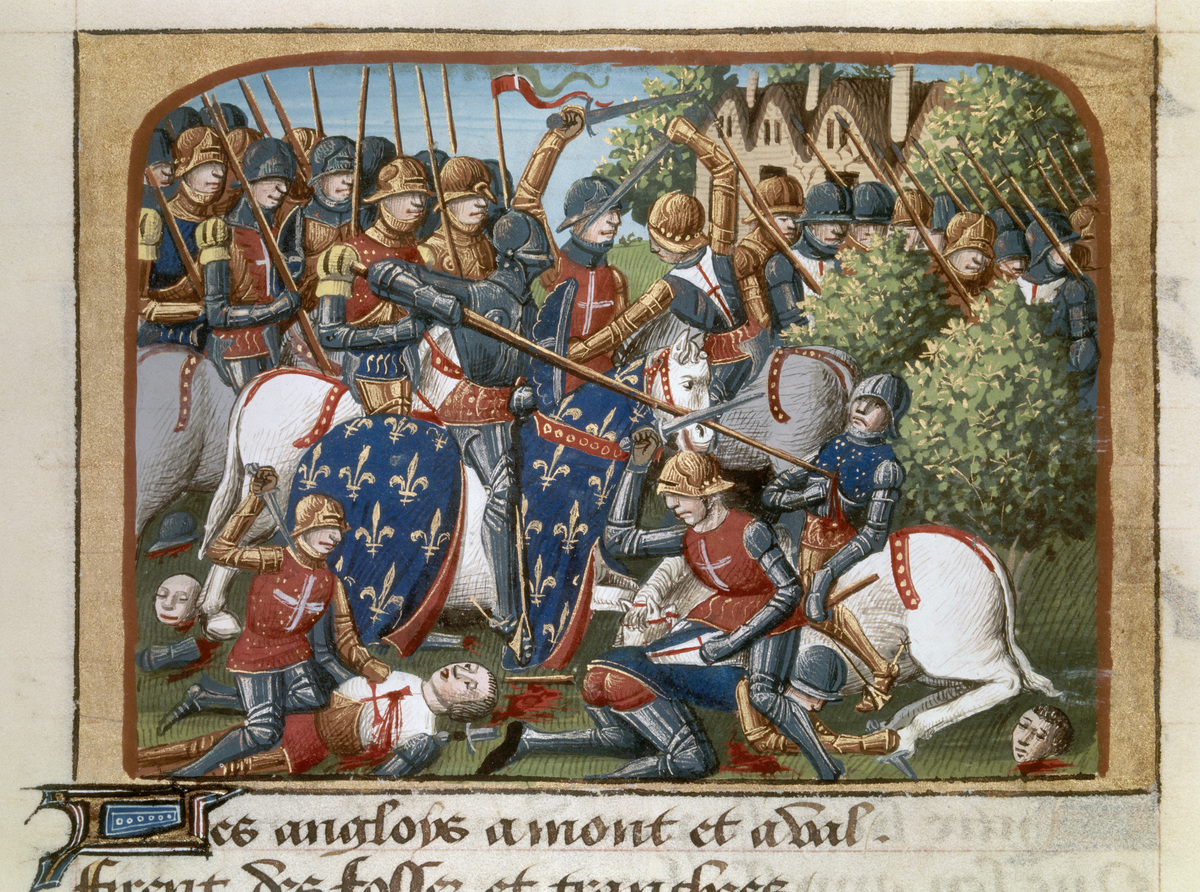
A. 100 years
B. 116 years
C. 104 years
D. 92 years
Answer: 116 years
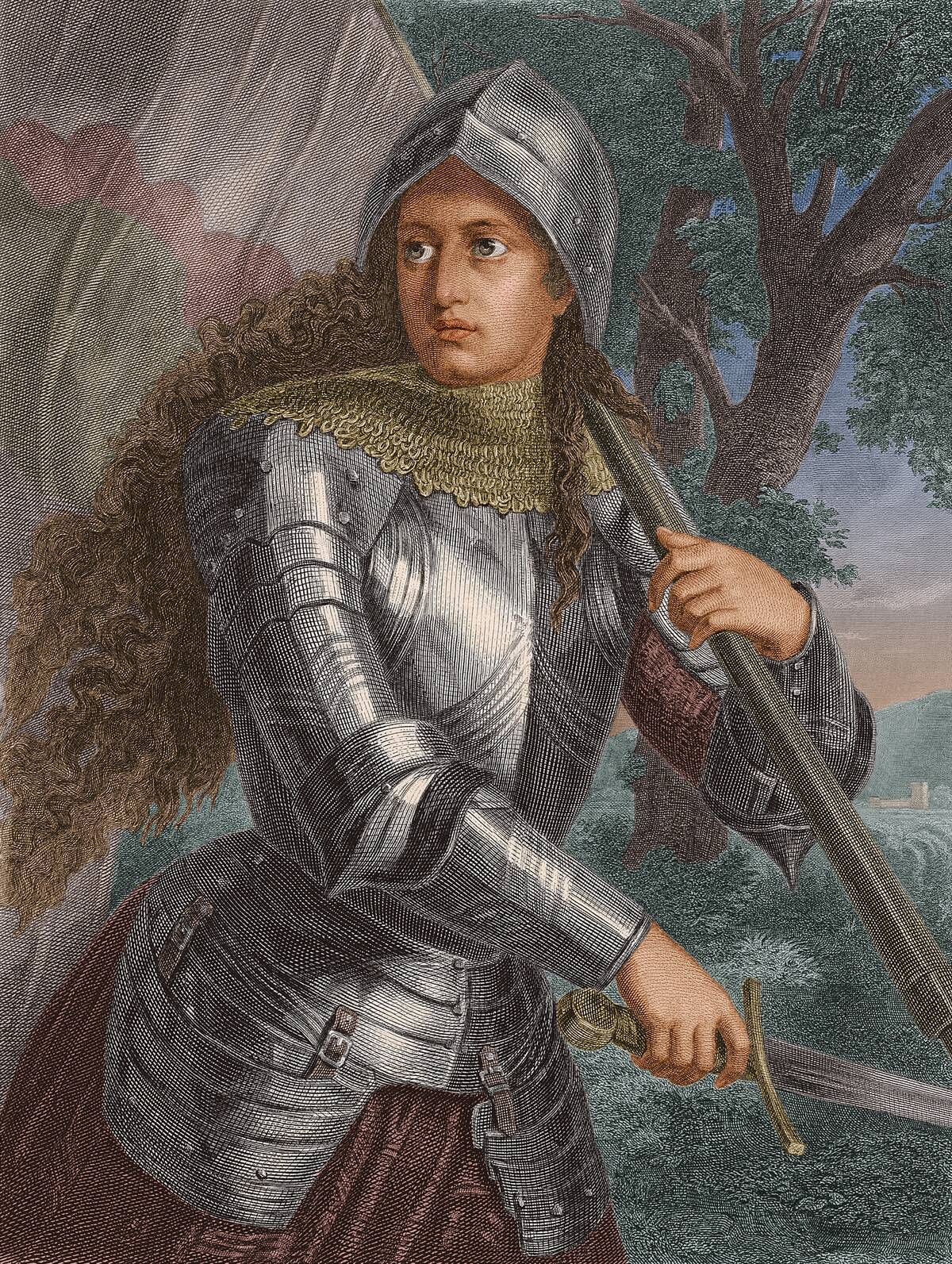
The Hundred Years’ War consisted of battles waged from 1337 to 1453, over a span of 116 years. The war defined nationalism on both sides, the Kingdom of England and Kingdom of France, and redirected battles from feudal armies to artillery and professional soldiers.
